
New to LEVITY? Start here! Want to know more about who’s behind LEVITY? Check out this page. 🙏🏼 Not subscribed to the LEVITY podcast on Youtube yet? Do it here. 🎧 More of a listener? The podcast is also available on Spotify, Apple Podcasts and other places.

This is the LEVITY message - in 45 slides
Today’s email is a little different. I’ve taken everything I keep talking about in LEVITY and condensed it into one keynote. I’ll be presenting it publicly at a few events in the coming weeks, but I figured I might as well share it with you guys!
Below is that talk, translated into newsletter form. If you want to re-use any part of it feel free to do so. If you want the slides, just let me know. If you have suggestions on how to make it better, please reach out!
And yes, this will likely get clipped by your email provider so the best bet is to read it online.
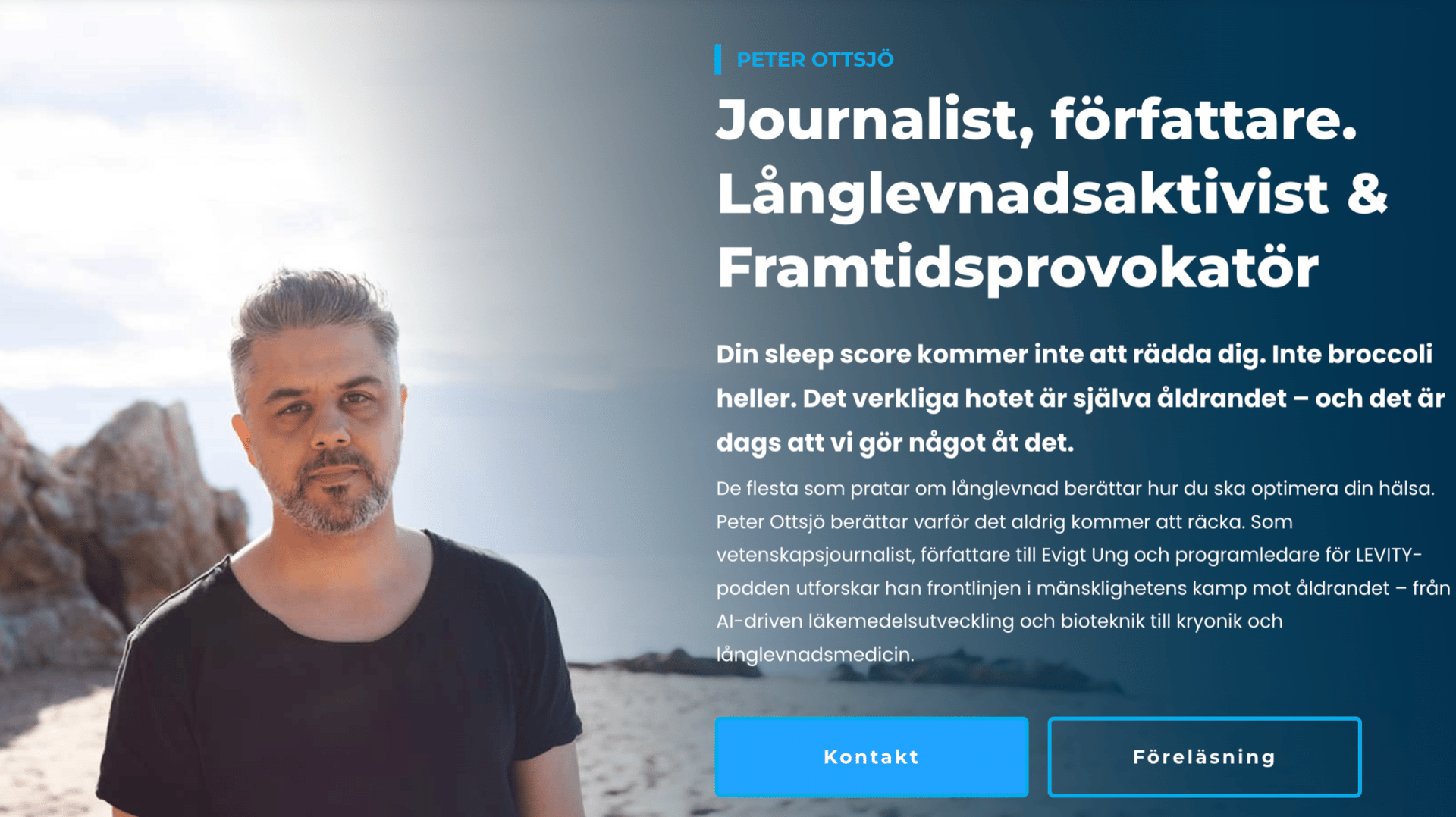
Yes, this slide is still in Swedish, sorry!
My name is Peter Ottsjö. I’m a journalist and author. I report on aging, biotechnology and AI. I’m not here to pitch sleep hacks. I’m here to talk about aging itself as a technical problem.

I run LEVITY - we interview scientists, founders, philosophers, and investors who are trying to make death optional in practice, not as a metaphor. This is my calling: how we actually stop aging - scientifically, medically, politically.

I want you to think bigger than “healthy aging”. Not “how do I age gracefully”, but: why are we still dying of aging at all? And what would it take to stop that?
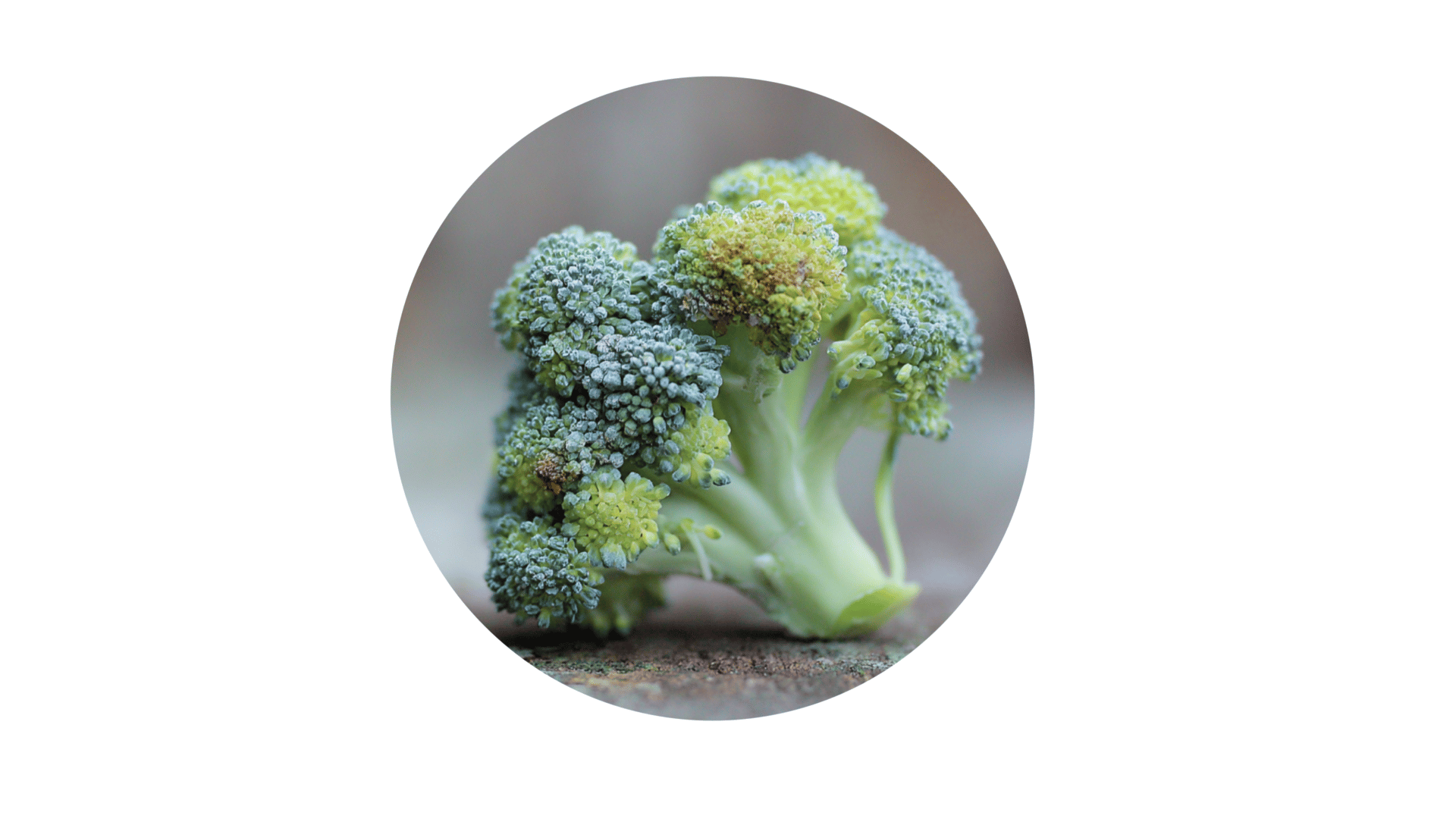
Food matters. Of course it does. We all know that.
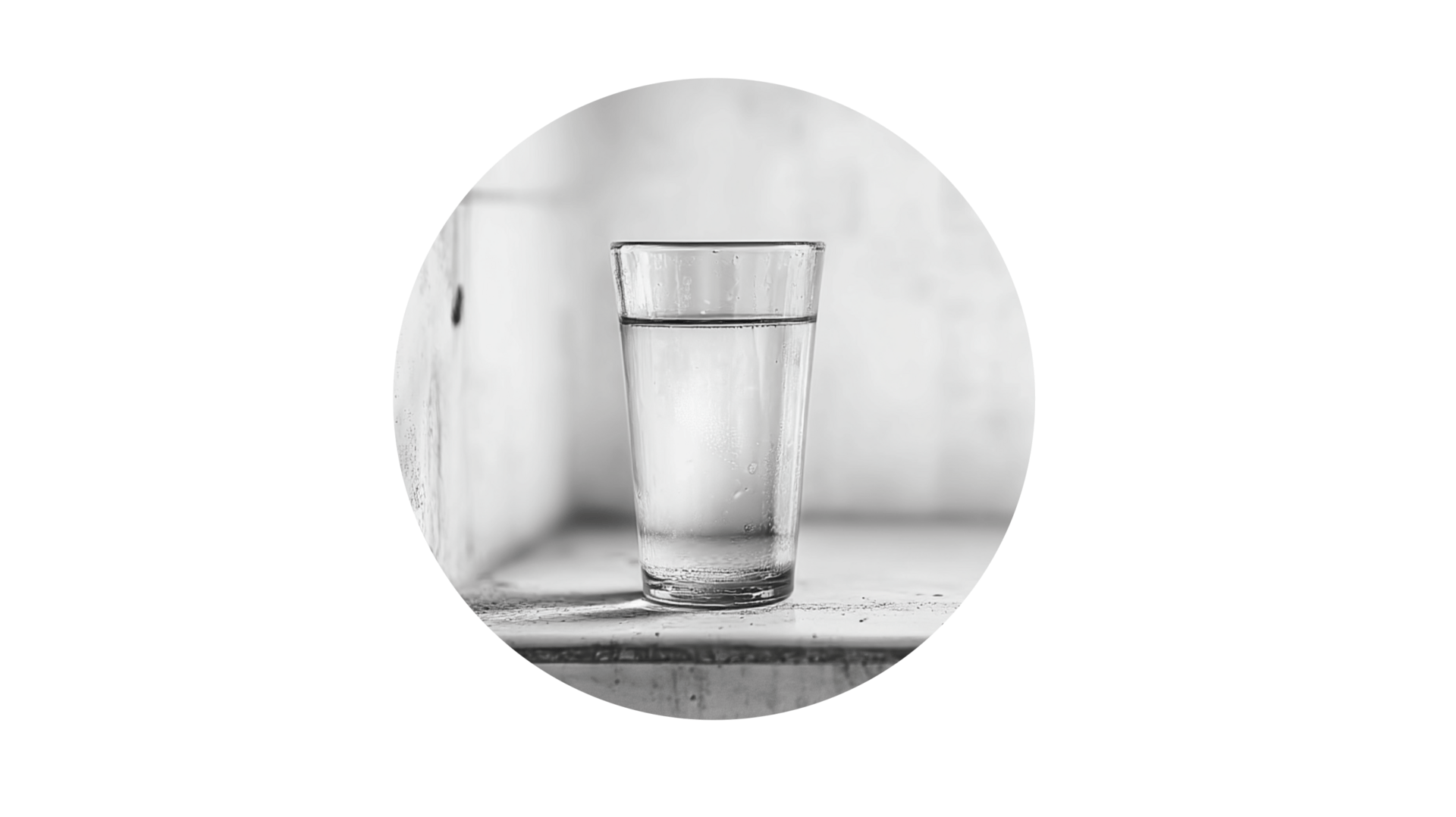
Fasting, controlling glucose, insulin sensitivity - these things clearly shift how fast parts of your biology wear down. You can slow some aspects of aging this way.

Exercise is still the closest thing we have to a broad-spectrum longevity drug. If you’re not moving, then you’re missing out on one of the most potent longevity interventions we know of today.

Sleep is repair. It’s when you clear metabolic junk from your brain, restore systems. Break sleep badly enough and you accelerate decline. No doubt about it.

Then we get the modern biohacker stack. Supplements, cold plunges, red light, cryotherapy, sauna, hyperbaric oxygen, blue-light blockers. Some of it is interesting. Most of it is marketing. But almost all of it is sold to you as “this is longevity”.
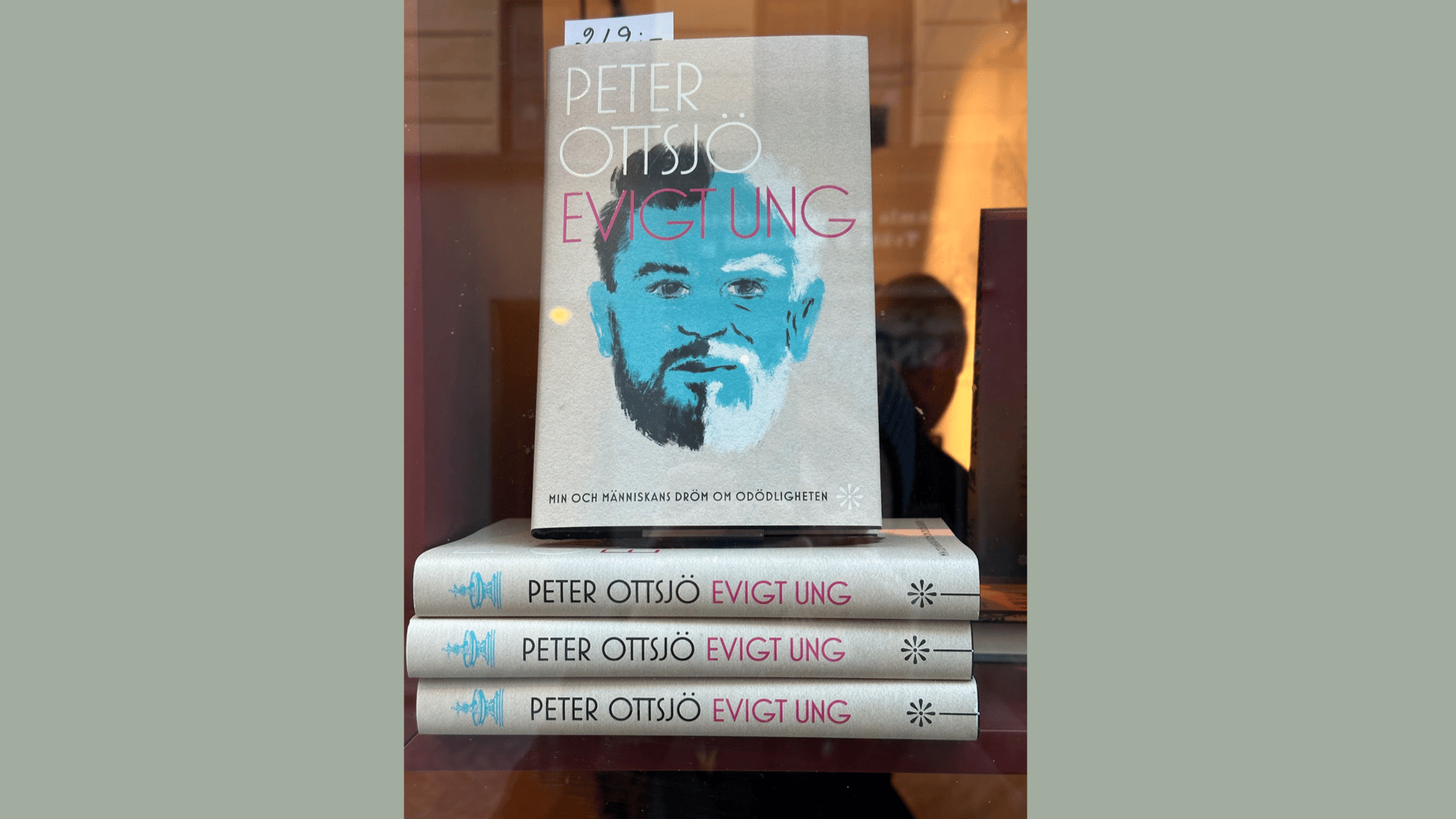
I care about all of that. I literally wrote a book that in part detailed how to live longer using what we can do today. So yes - you should take care of yourself.
But. That still won’t save you from aging. I did not call my book Slowing the Decline, but Forever Young.

This is the cultural fantasy. You at 75: still sharp, still walking, still social, still mostly independent, sunset dinners, grandchildren, wine, eating olives in Tuscany. This is what people mean when they say “healthy aging”.
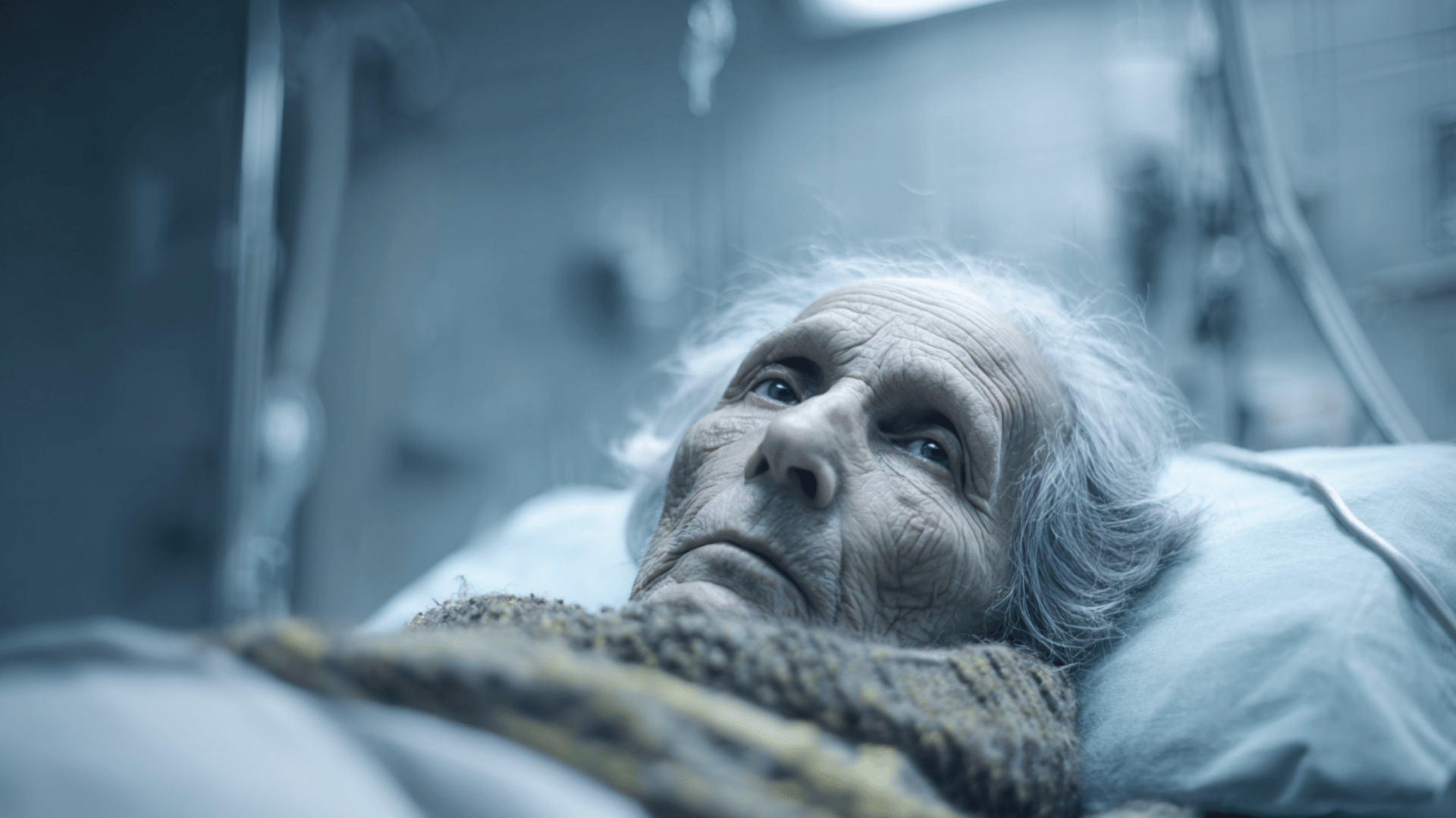
This is how it ends for almost everyone. Organ failure. Cognitive collapse. Cancer. This is what aging really is. This is what is most likely to happen to you if nothing changes.
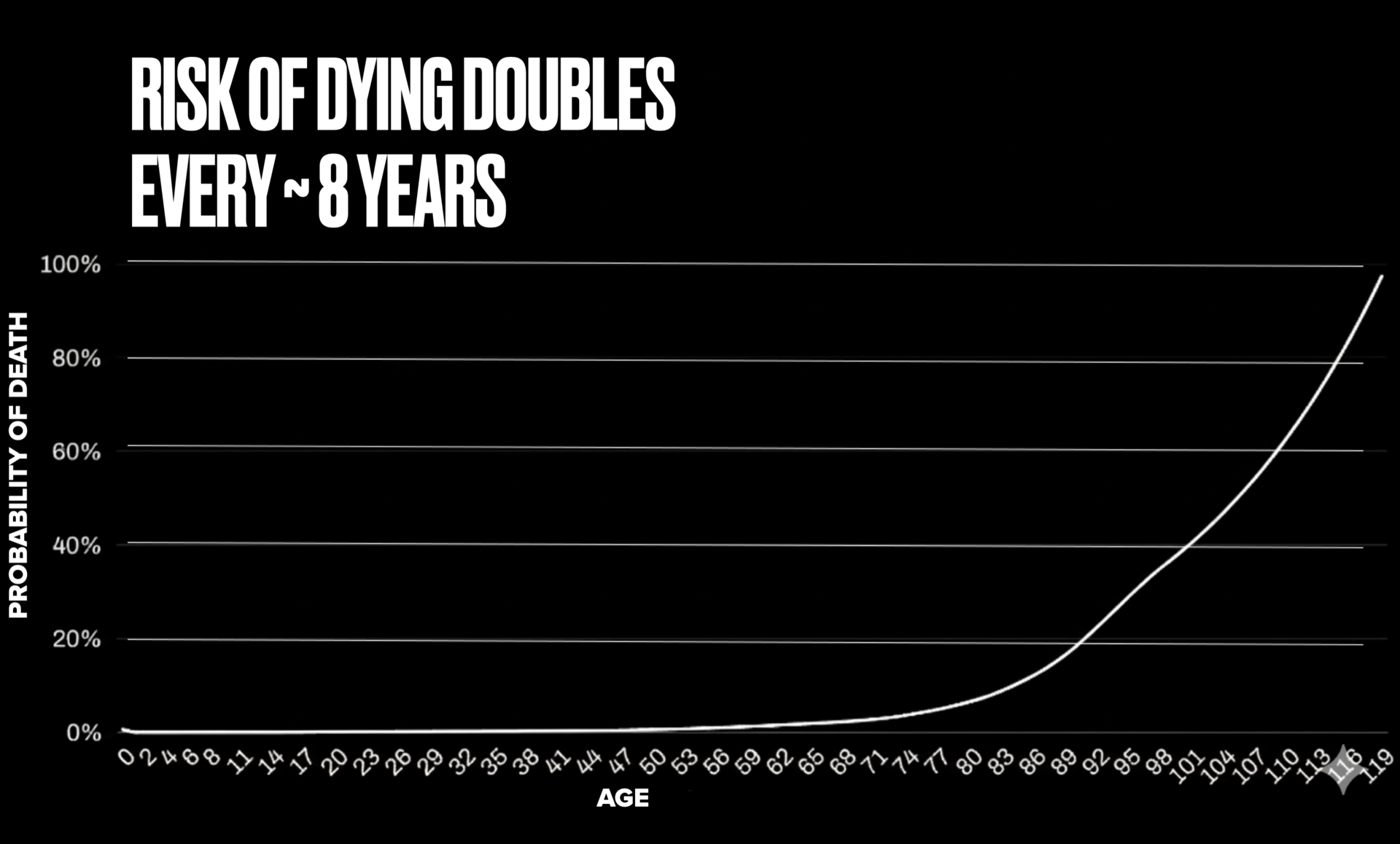
Your risk of dying doesn’t creep up. It explodes. Statistically, it roughly doubles every ~8 years after your 30’s.
You do not out-lift this curve. You do not out-sleep this curve. You do not cold-plunge this curve.
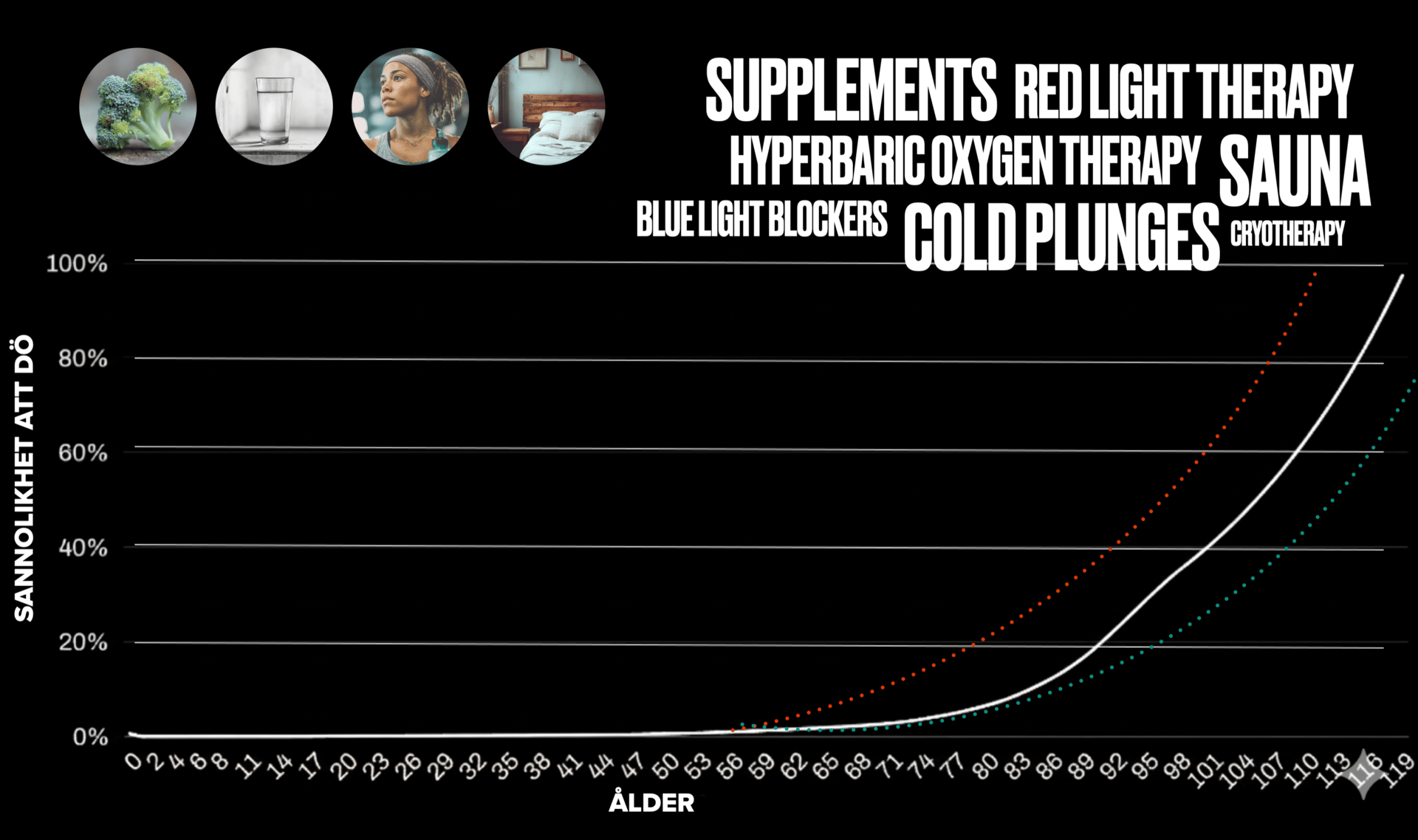
Red: bad lifestyle. Green: Good lifestyle. In theory at least. In reality there are no guarantees.
Lifestyle can delay the cliff. You can slow the slope. But you are still on the same exponential curve toward the same wall.
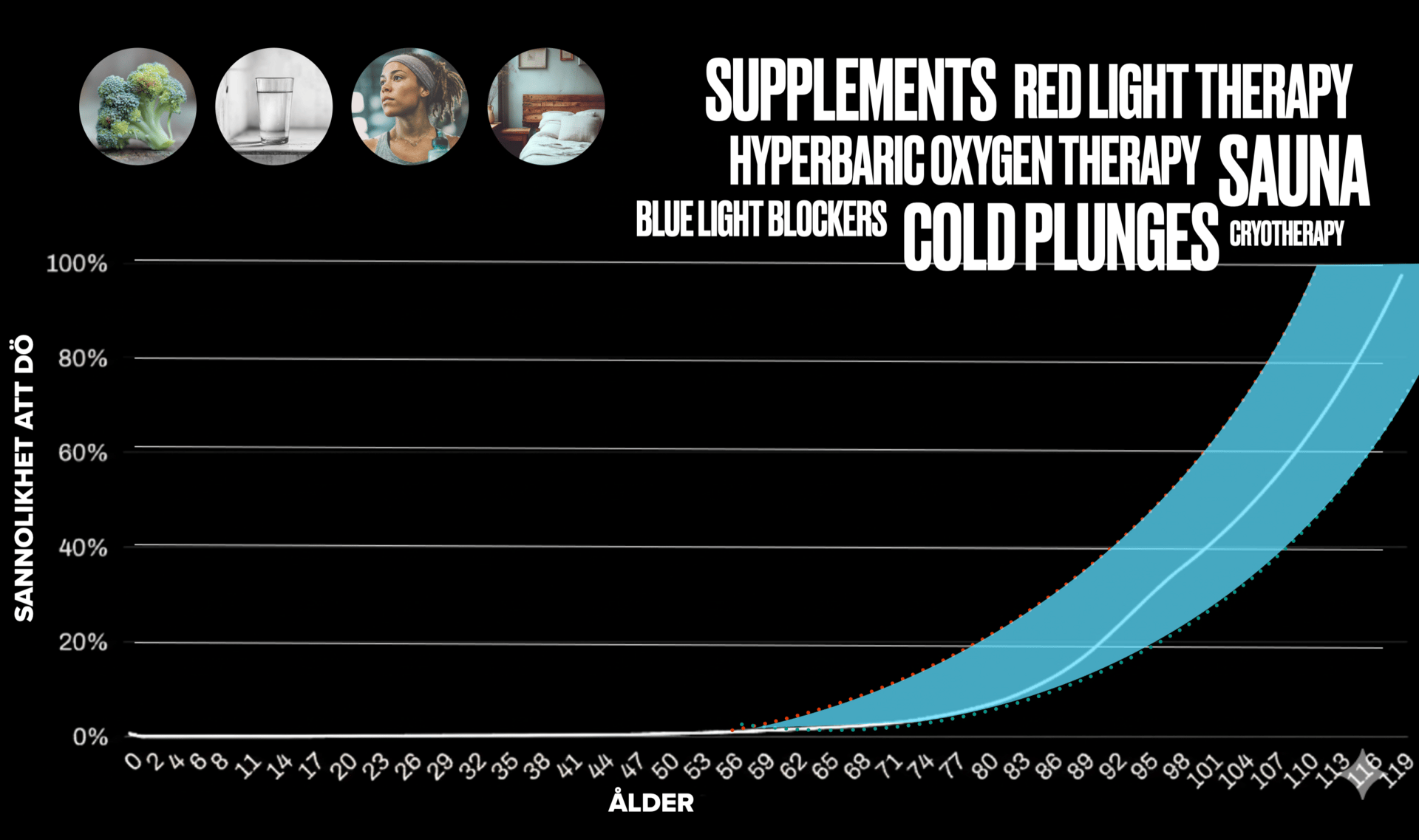
This thin blue band - that’s where 99% of the longevity conversation lives. Sleep scores. Supplements. Cold plunges. Sauna. Magnesium. Biohacks. We act like “longevity” means optimizing that tiny band. But no matter where you are in that blue speck - all roads lead to the same destination.
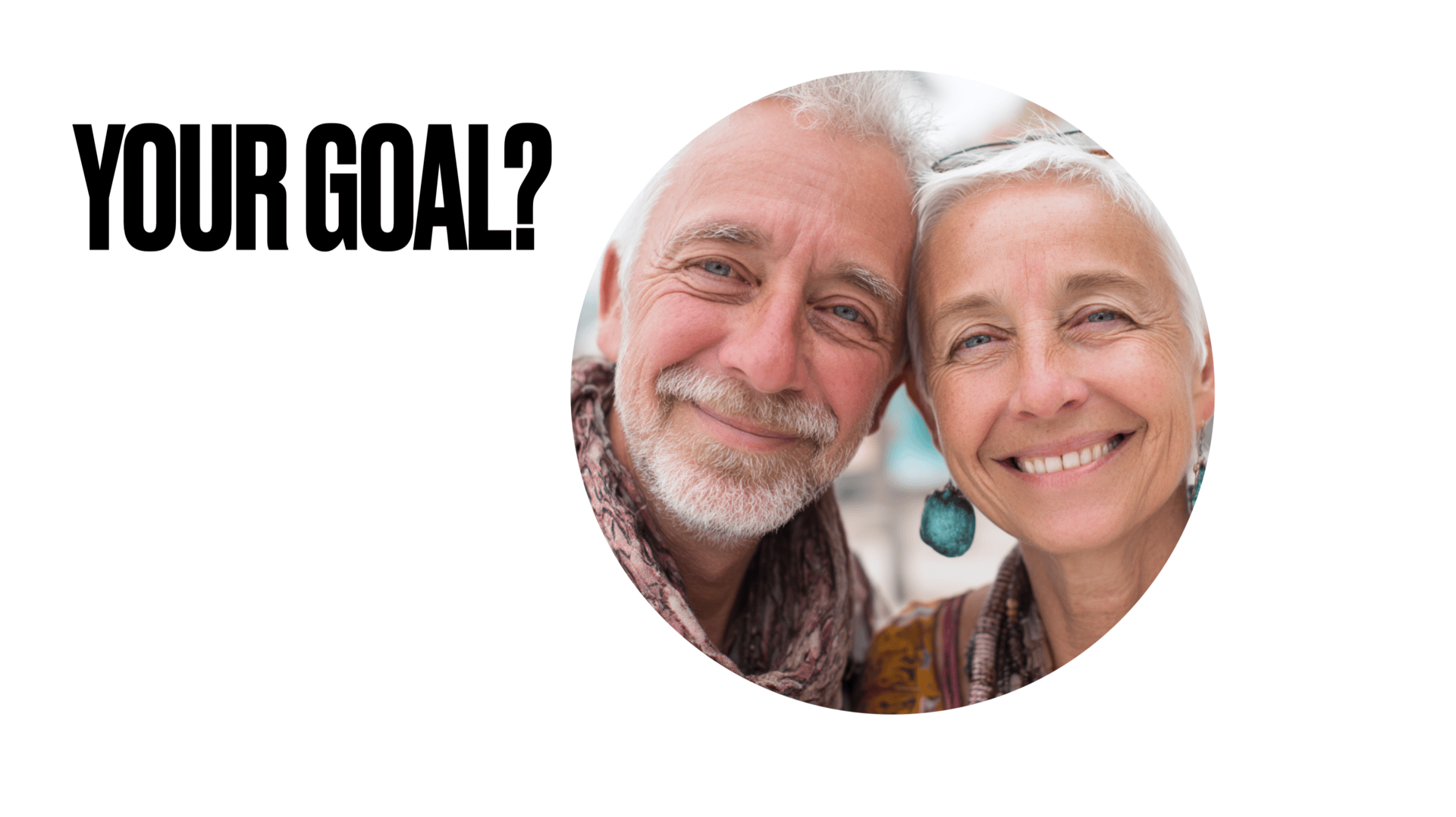
Is this your target? Stay mostly independent, stay somewhat active, hold on as long as possible, and then hope for a gentle exit?
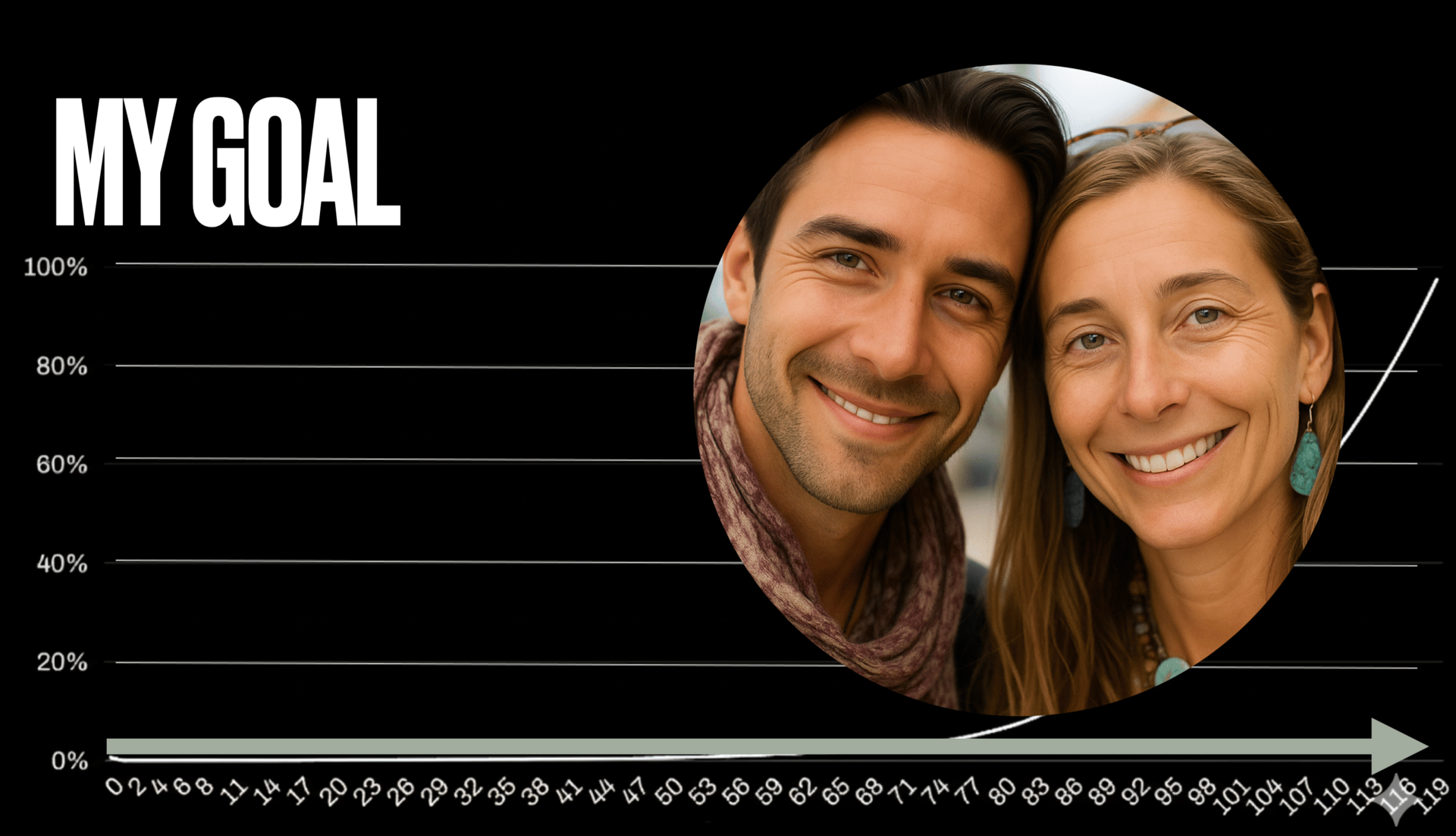
This is my goal. Not ‘age gracefully.’ Don’t age at all.
Keep cognition. Keep mobility. Keep tissue function. As it were when you were in your 20’s or 30’s. Keep the risk of dying low and flat instead of letting it explode just because time passed. This is already true for some creatures in nature, including at least one mammal.
I’m not saying you are going to be immortal. I’m saying: don’t be biologically forced to die on a schedule.

We talk about “aging” like it’s a vibe. Wrinkles, grey hair, wisdom. That’s branding. A euphemism in order to cope.
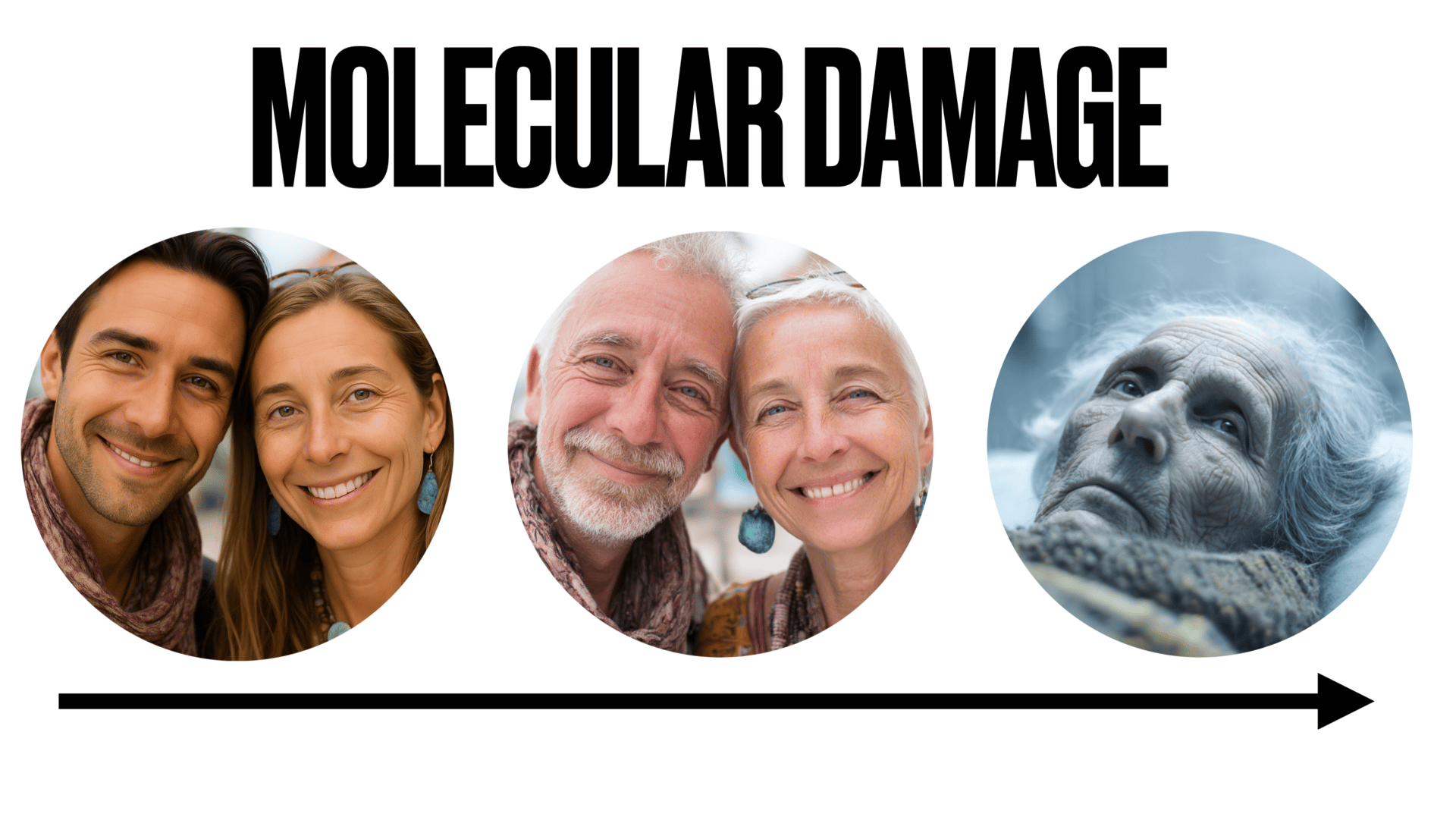
Aging is accumulated damage in your cells and tissues that your body can’t clear or repair fast enough anymore.
Your power systems start to flicker. Junk piles up and stops getting taken out. Cells that should have retired don’t - they stay and poison the neighborhood. Chronic inflammation quietly eats you from inside.
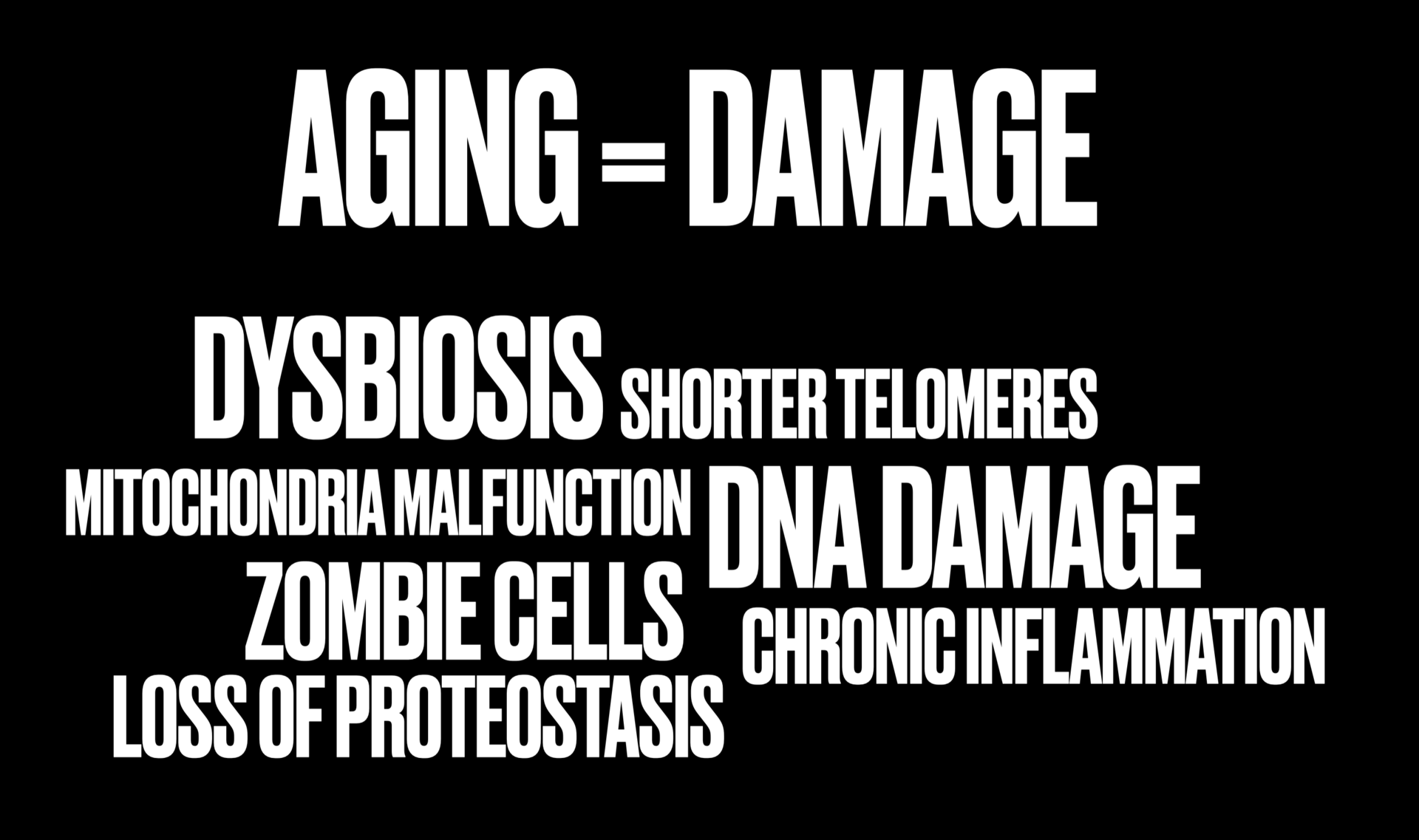
This is what that damage actually looks like: Mitochondria breaking down, DNA damage, senescent ‘zombie’ cells leaking toxins, protein garbage that never gets cleared, telomeres eroding.
This isn’t “aging gracefully”. This isn’t “healthy aging”. This is mechanical failure.

These things we fear - heart disease, cancer, dementia - are not independent enemies. They’re what happens when unmanaged aging damage finally cascades.
We don’t mainly die of “heart disease”. We die of untreated aging that finally expressed itself as heart disease.
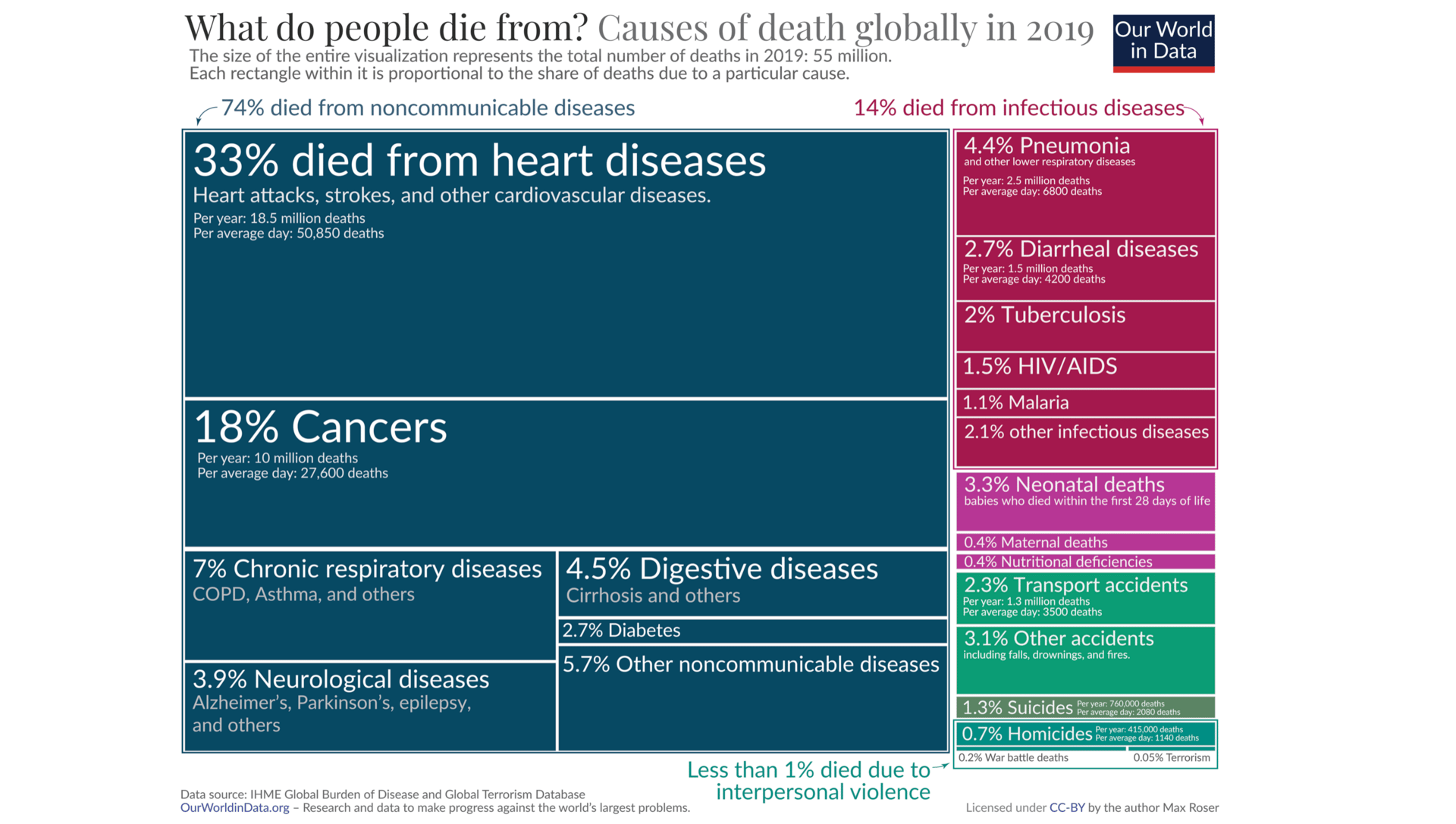
The stuff in green is what media mostly covers.
In high-income countries, we don’t mostly die from infections or trauma anymore. We die from slow collapse. We die from aging.

Two thousand years ago: Eat right. Breathe. Sleep. Move.
Today on Instagram: Eat right. Breathe. Sleep. Move.
We’ve split the atom. We’ve been to the Moon. We beam data across the planet instantly. But for longevity? We are still giving Taoist wellness advice.

Of course we have made massive progress.
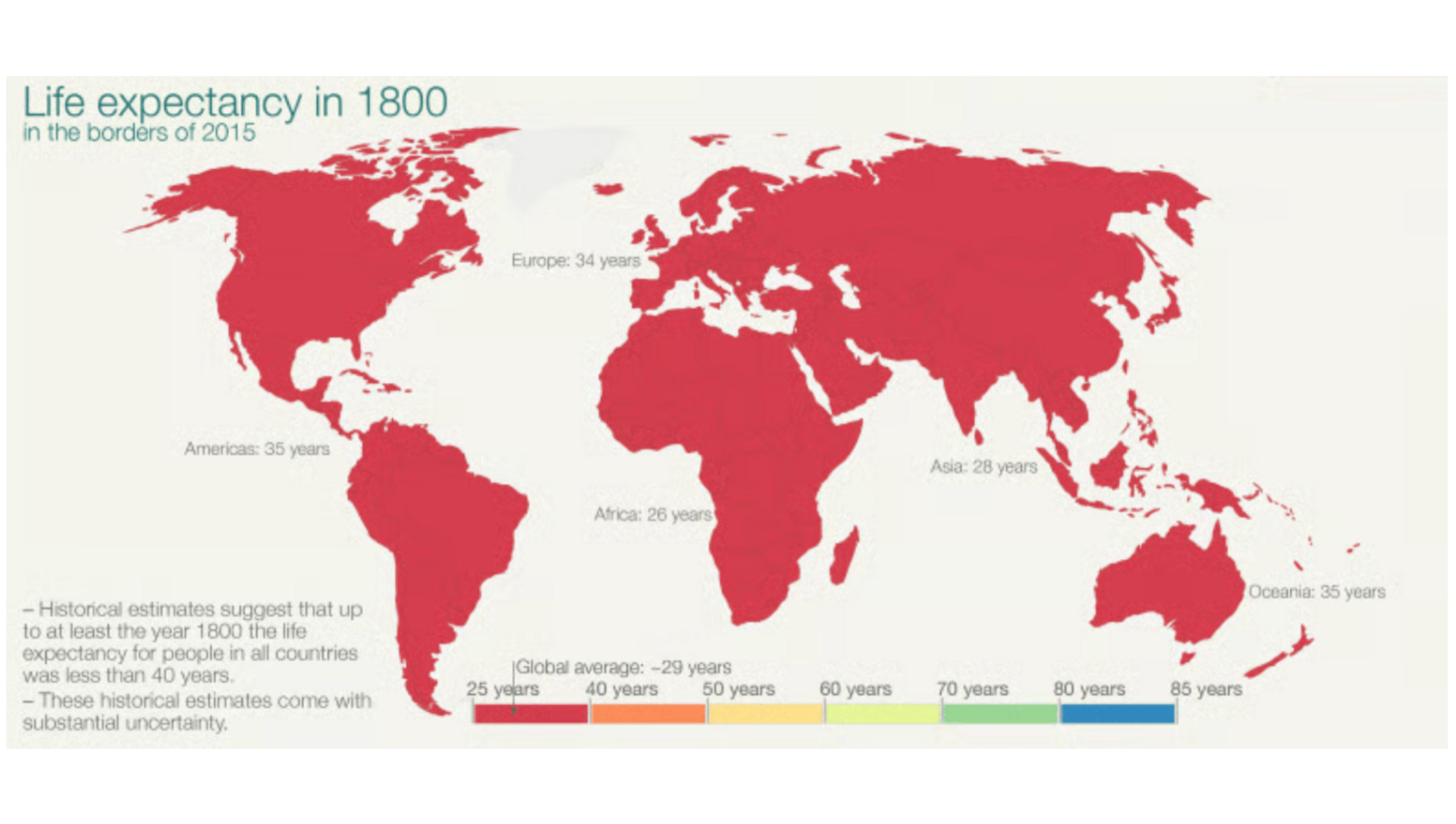


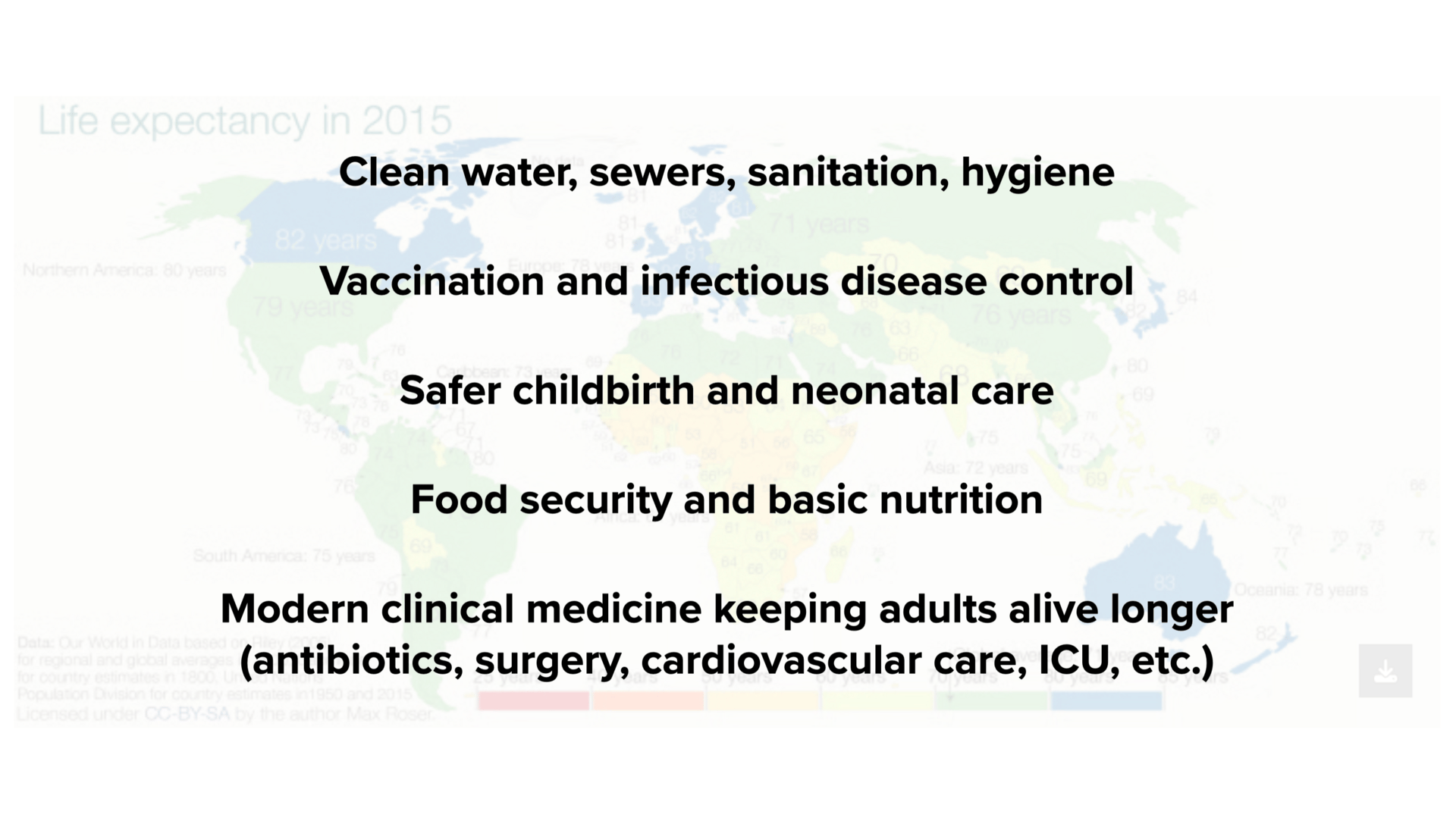
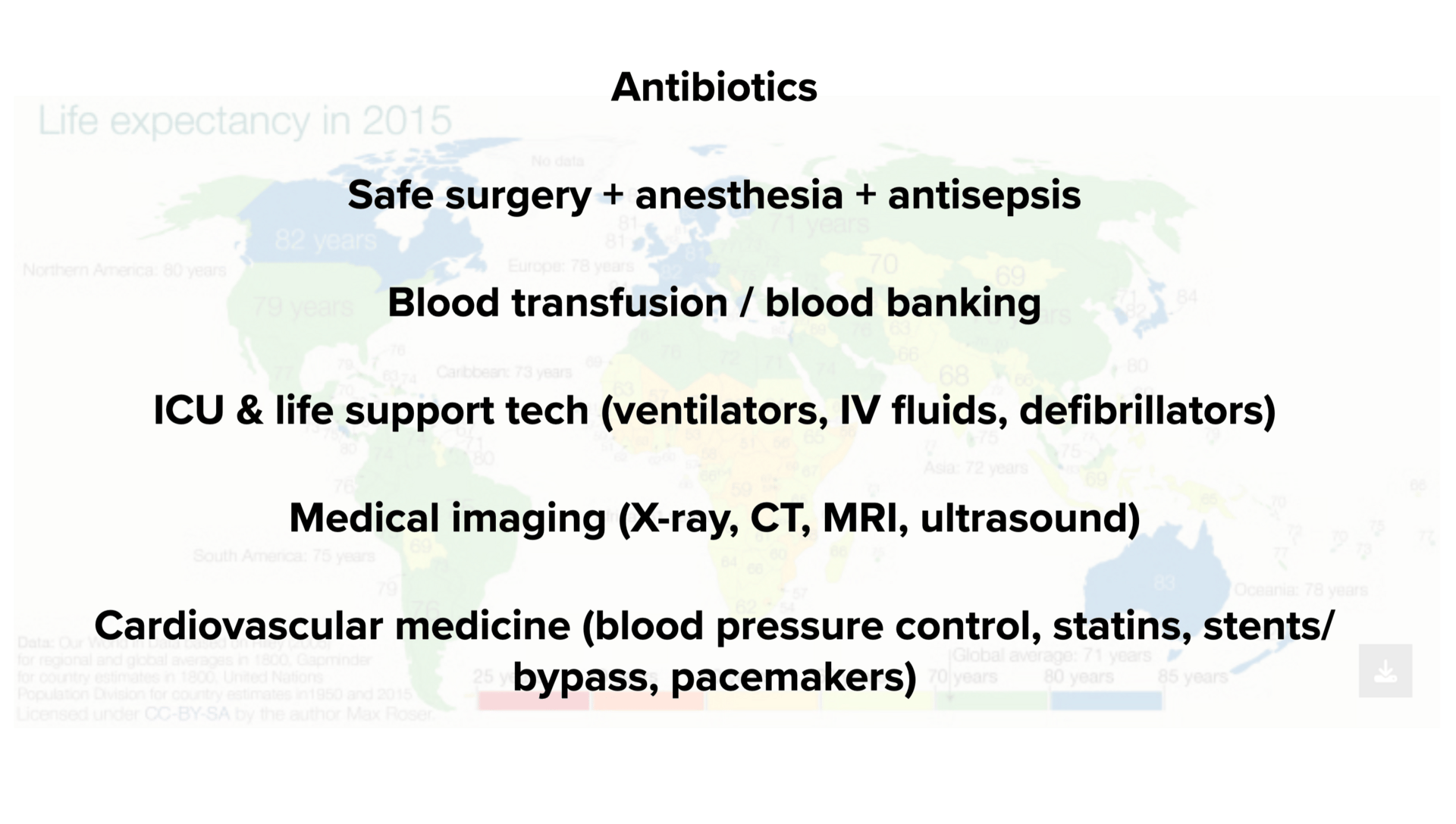
We radically increased average lifespan. Clean water and sewage. Hygiene. Vaccination. Antibiotics. Safer childbirth. Trauma medicine. Surgery. ICU care.
But notice what most of that progress was about: preventing early death. We prevented dying at 5, 15, 30, 40. We still have not solved late death.
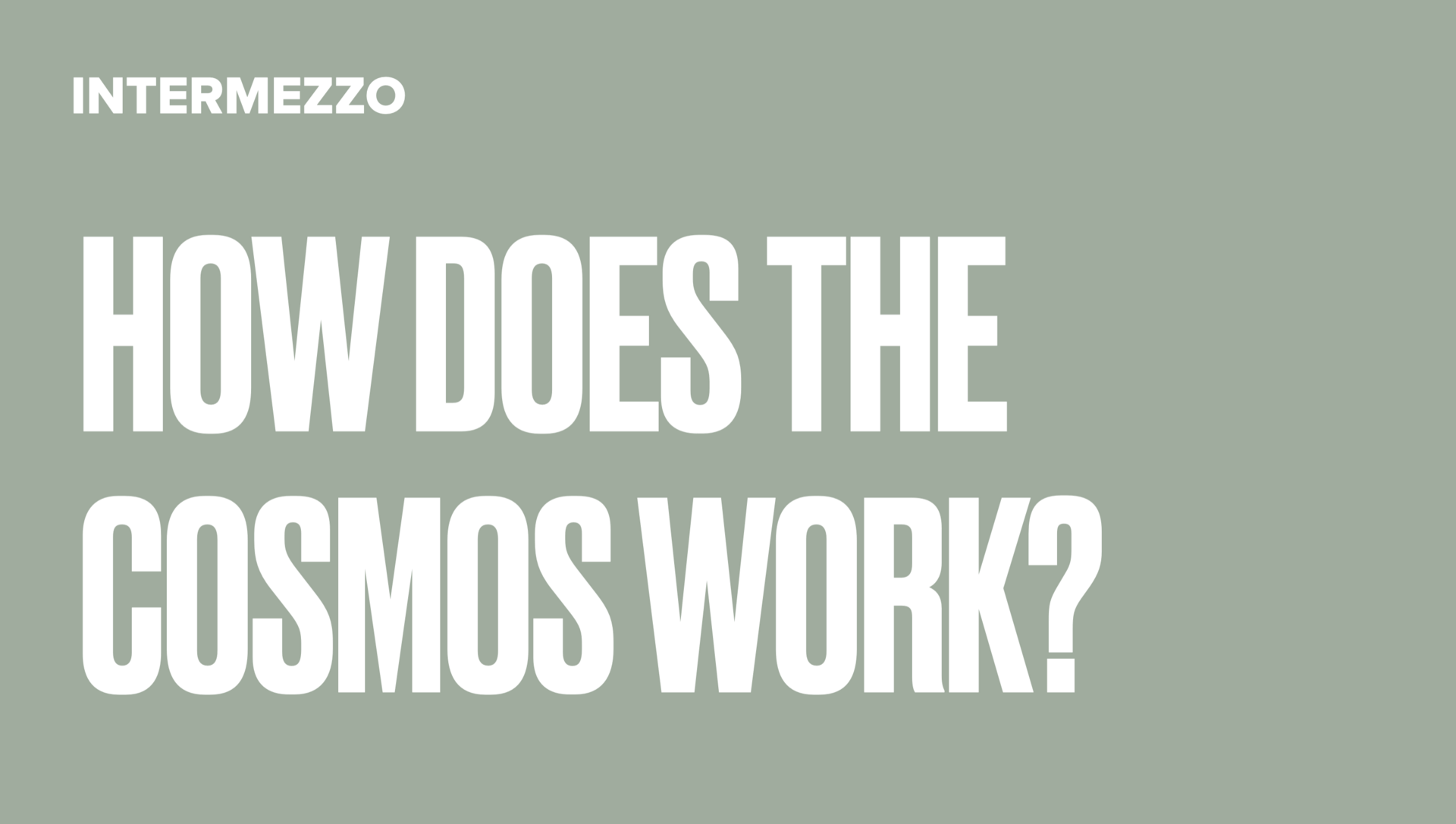
Now let’s talk about money. Where civilization actually puts its resources.
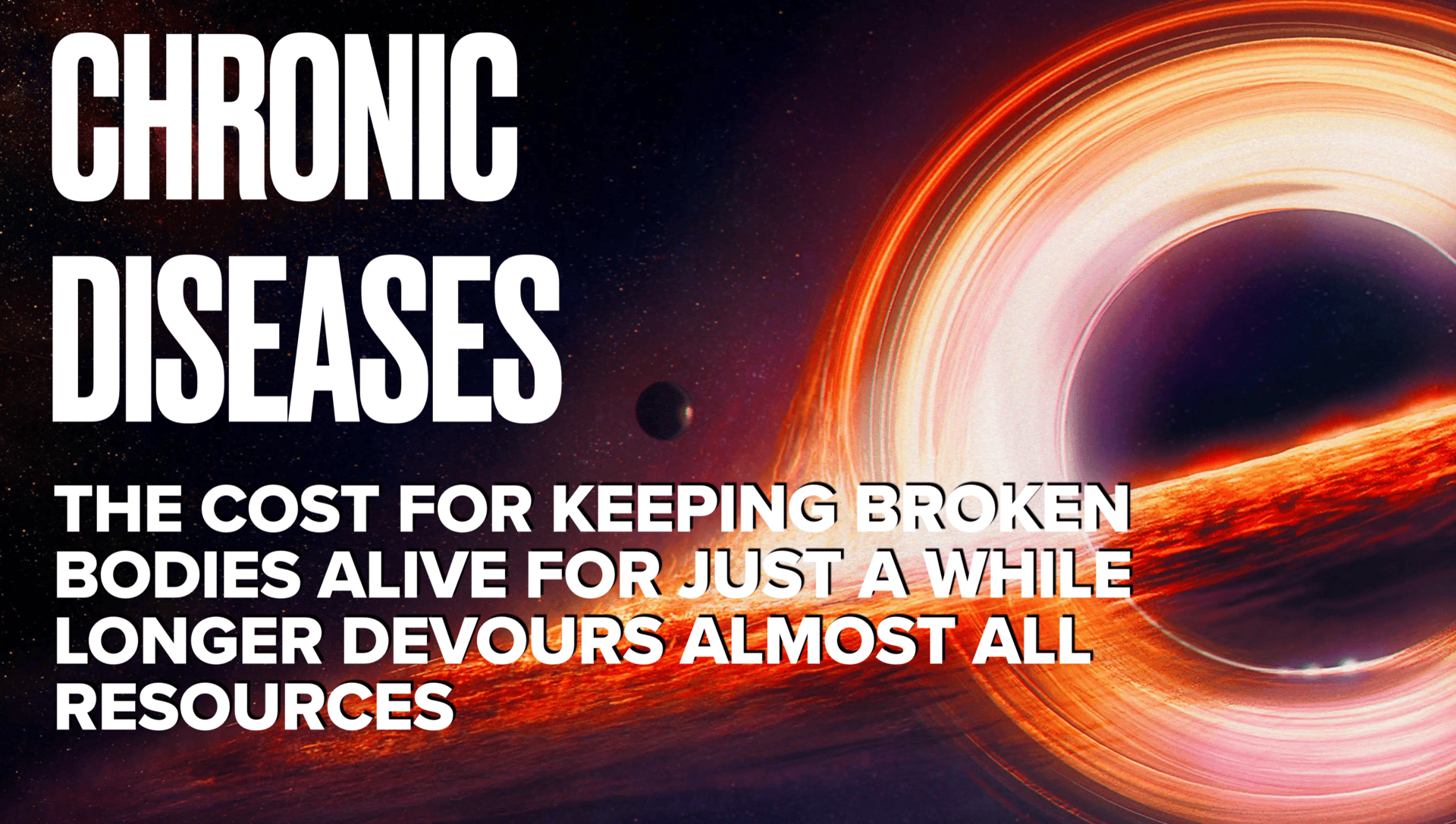
This black hole is where most of our money goes right now: Keeping damaged bodies alive a little longer. End-stage heart failure. Late-stage cancer care. Dementia care. Nursing homes.
It’s the humane thing to do. It’s also the completely wrong approach.
We’re renting a few more months or years in a collapsing system.
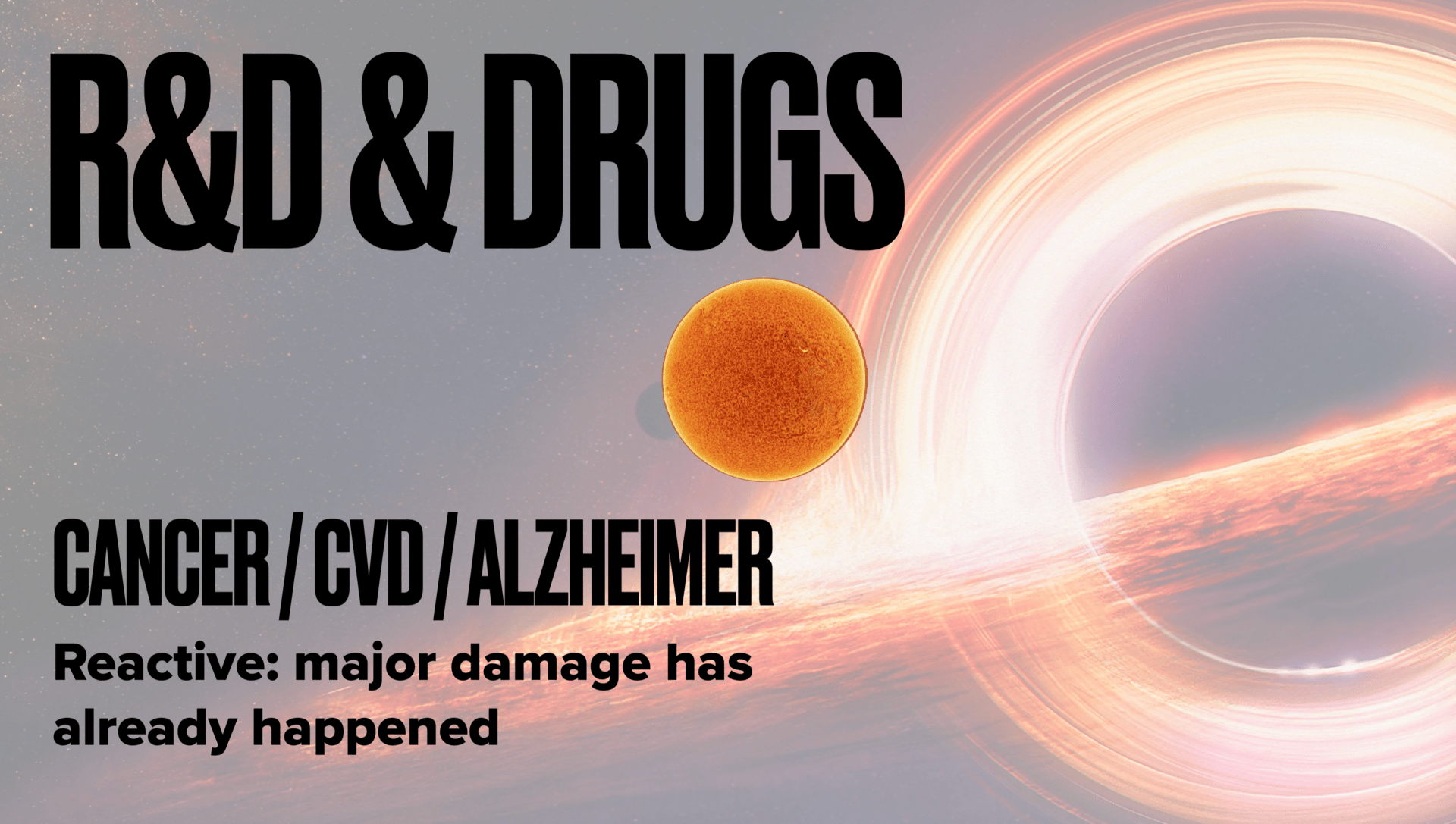
This - “the sun” - is where we spend real R&D money - cancer drugs, heart drugs, Alzheimer’s drugs. This is respectable and worthy. This leads to Nobel prizes.
I’m not saying it’s bad. I’m saying it’s reactive. We’re fighting the fires that aging already started.
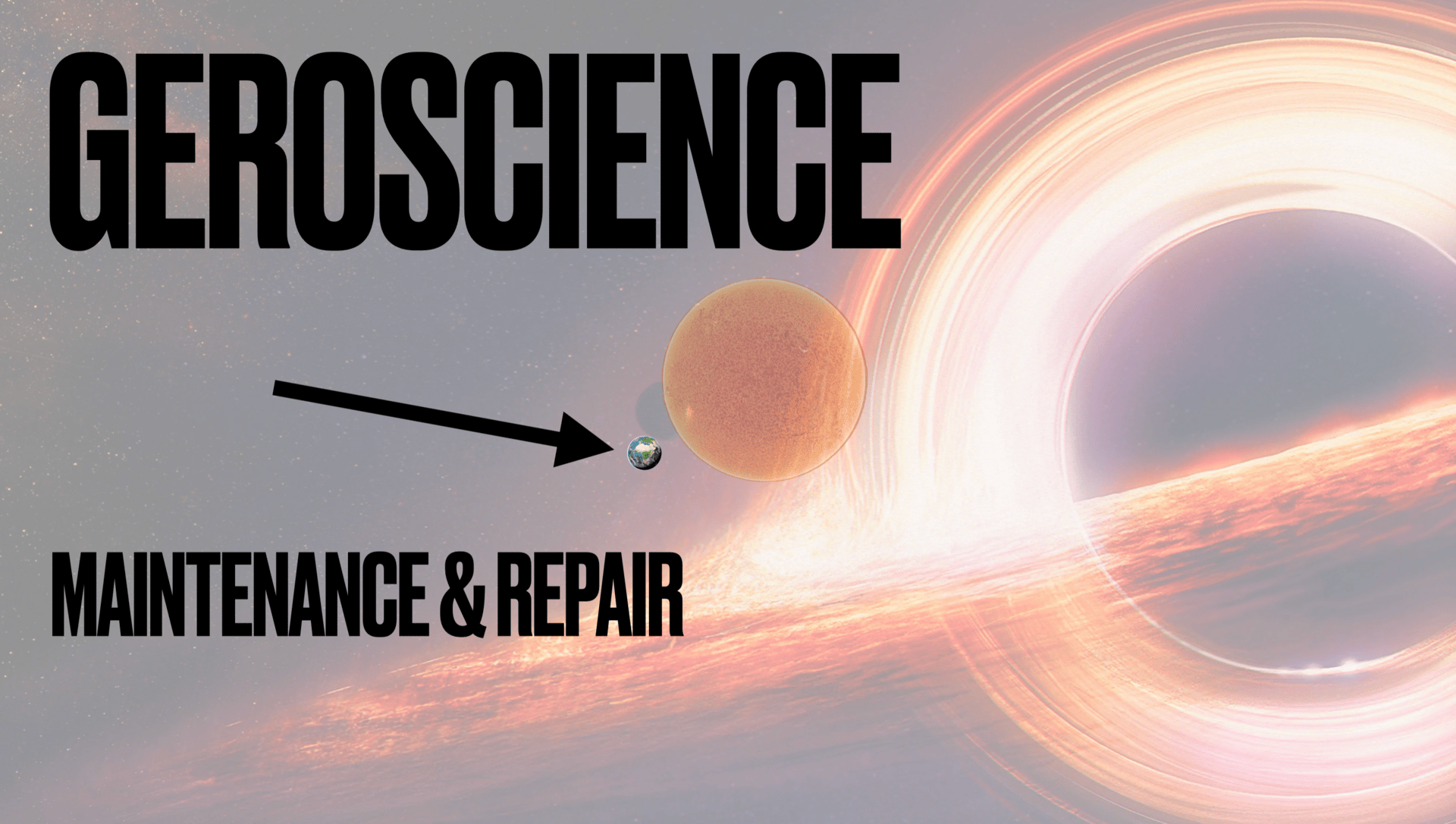
This little planet? Our pale blue dot? That’s what we spend on geroscience - actually understanding aging damage, repairing it, slowing it, before the cascade begins.
This is basically invisible in politics. Nobody campaigns on this. You don’t get charity letters about this. Meanwhile over 100 000 people die everyday die from aging.
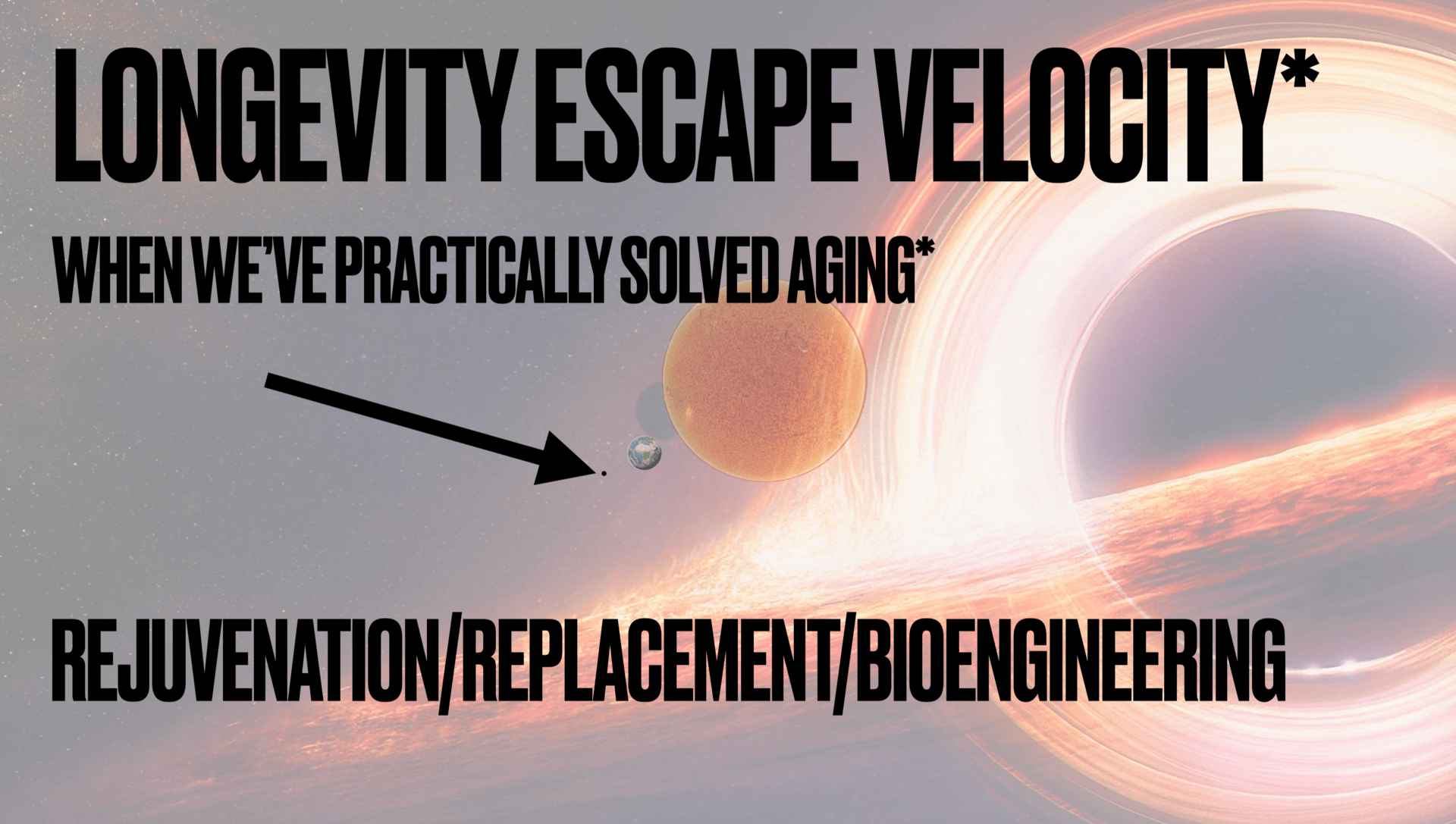
And that tiny pixel? That’s what we spend on the radical frontier, sometimes called longevity escape velocity. The idea that our risk of dying actually decreases year over year. It’s stuff like:
Rejuvenating old cells back to young function.
Replacing or rebuilding failing organs, even neural tissue, without losing your identity.
Continuous full-body maintenance instead of crisis medicine.
Biostasis: pausing you at the edge of death so you’re not just thrown away.
Don’t tell me “humanity tried and failed at tackling aging”. Humanity hasn’t even tried. We’re not funding the thing that would actually flatten the death curve.
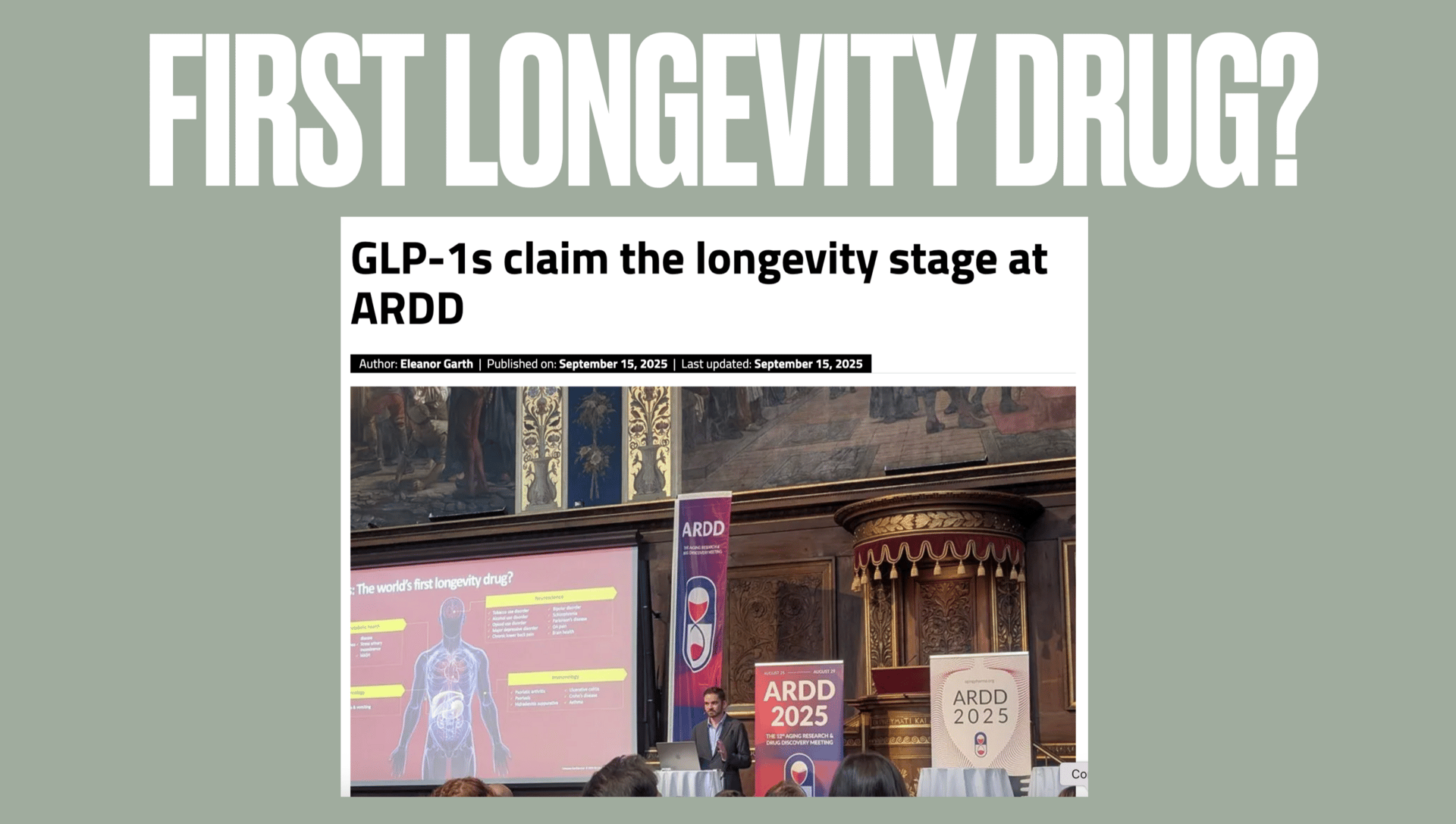
At the ARDD conference this year, big pharma voices literally called GLP-1 agonists “the first longevity drugs”. You can argue with that label. I do. But pay attention to why they said it.
These molecules aren’t just about appetite. We’re seeing effects across cardiovascular risk, metabolic health, inflammation - multiple aging-related failure modes at once.
For the first time, mainstream drug makers are publicly framing a drug as something that hits aging as a system, not just one disease. That crack in the wall matters. The center of gravity is starting to move.
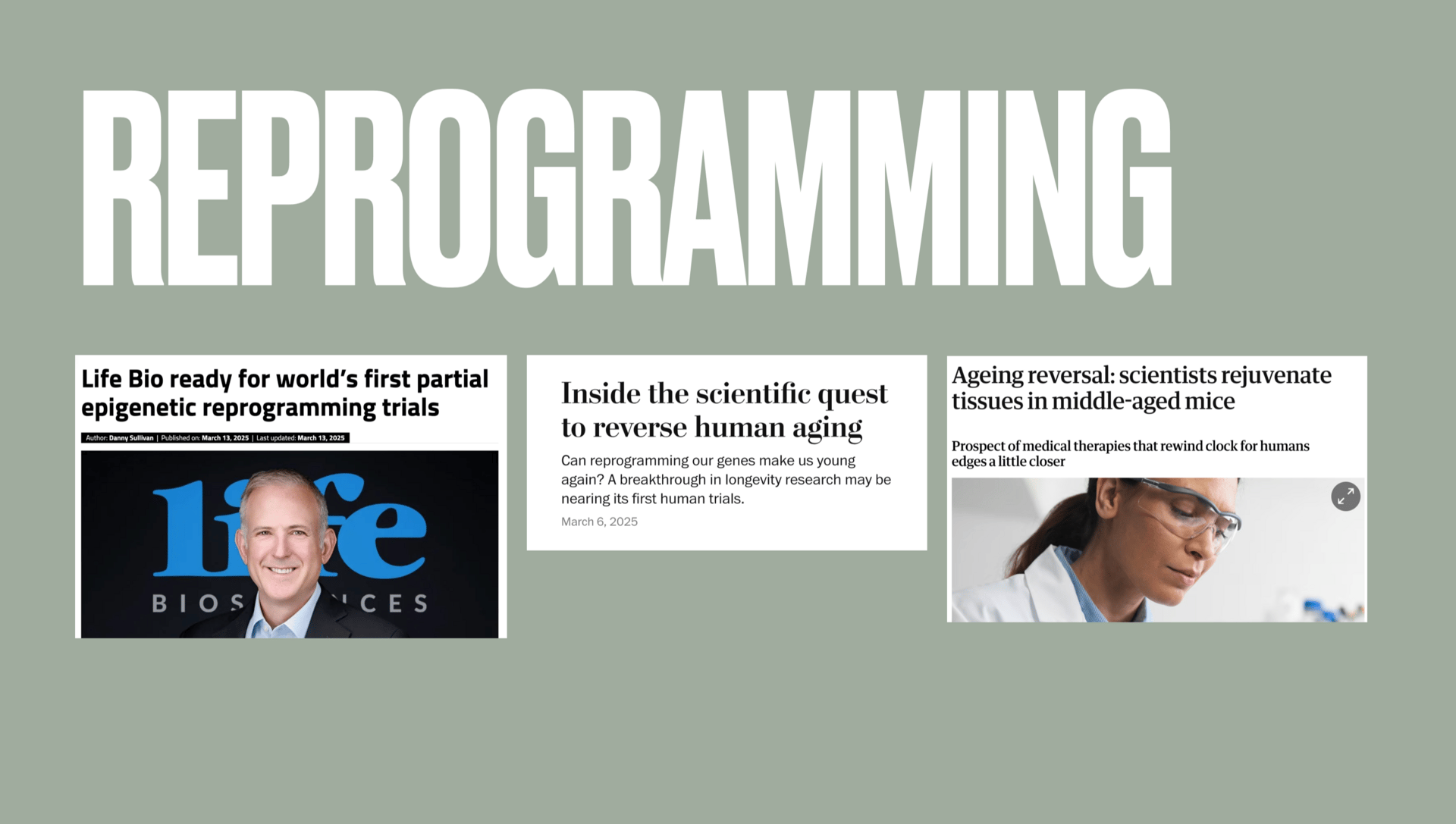
Partial cellular reprogramming: Take an old cell and instruct it to behave like a young cell again. Roll back biological markers of age. Restore function.
This is literally telling aged tissue to act young again.
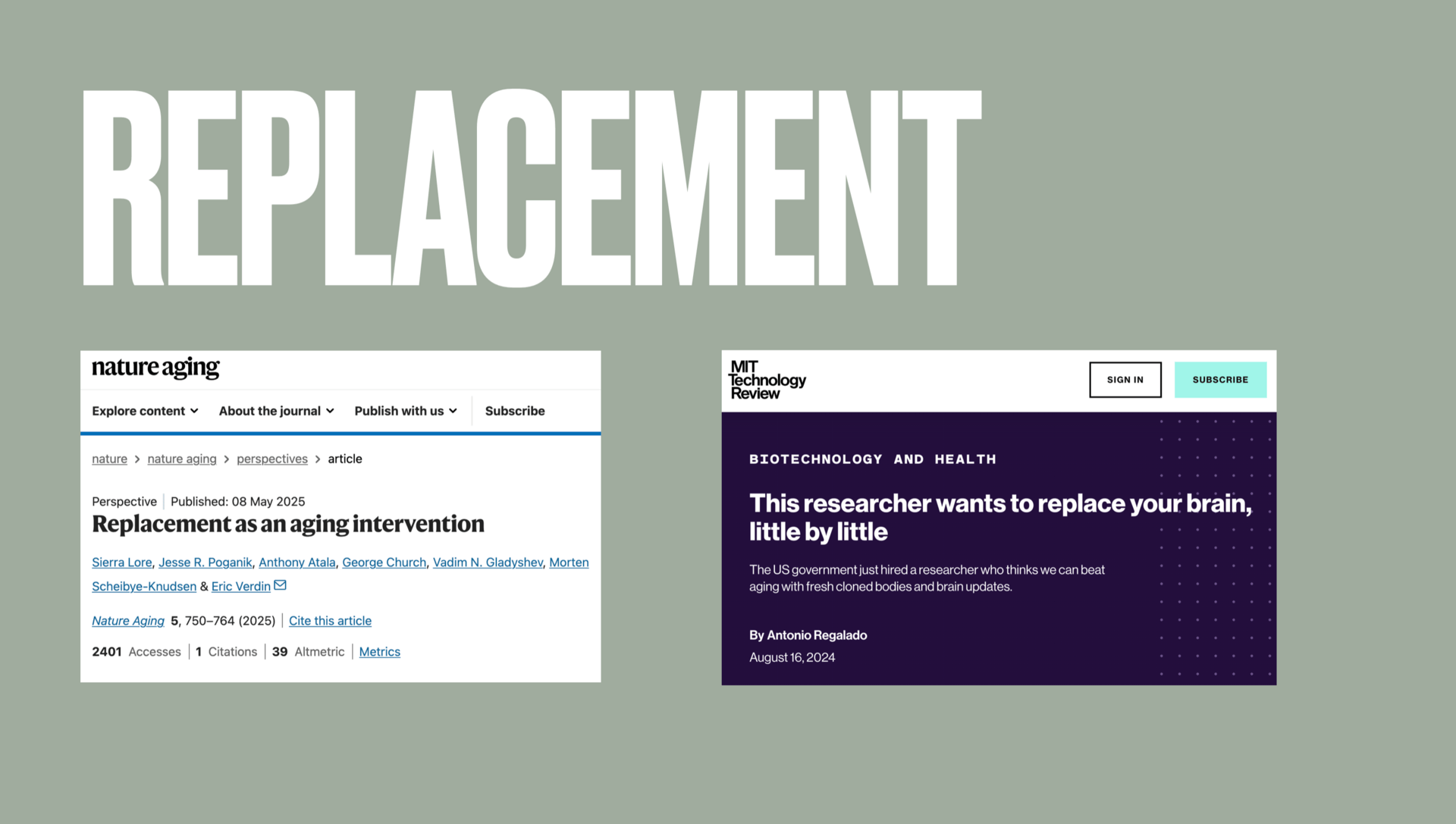
Replacement and repair: Swap out or rebuild failing parts - heart tissue, retina, cartilage, even eventually pieces of brain - without losing continuity of identity.
We stop treating the body like sacred fate. We treat it like infrastructure. You repair infrastructure. You upgrade infrastructure.
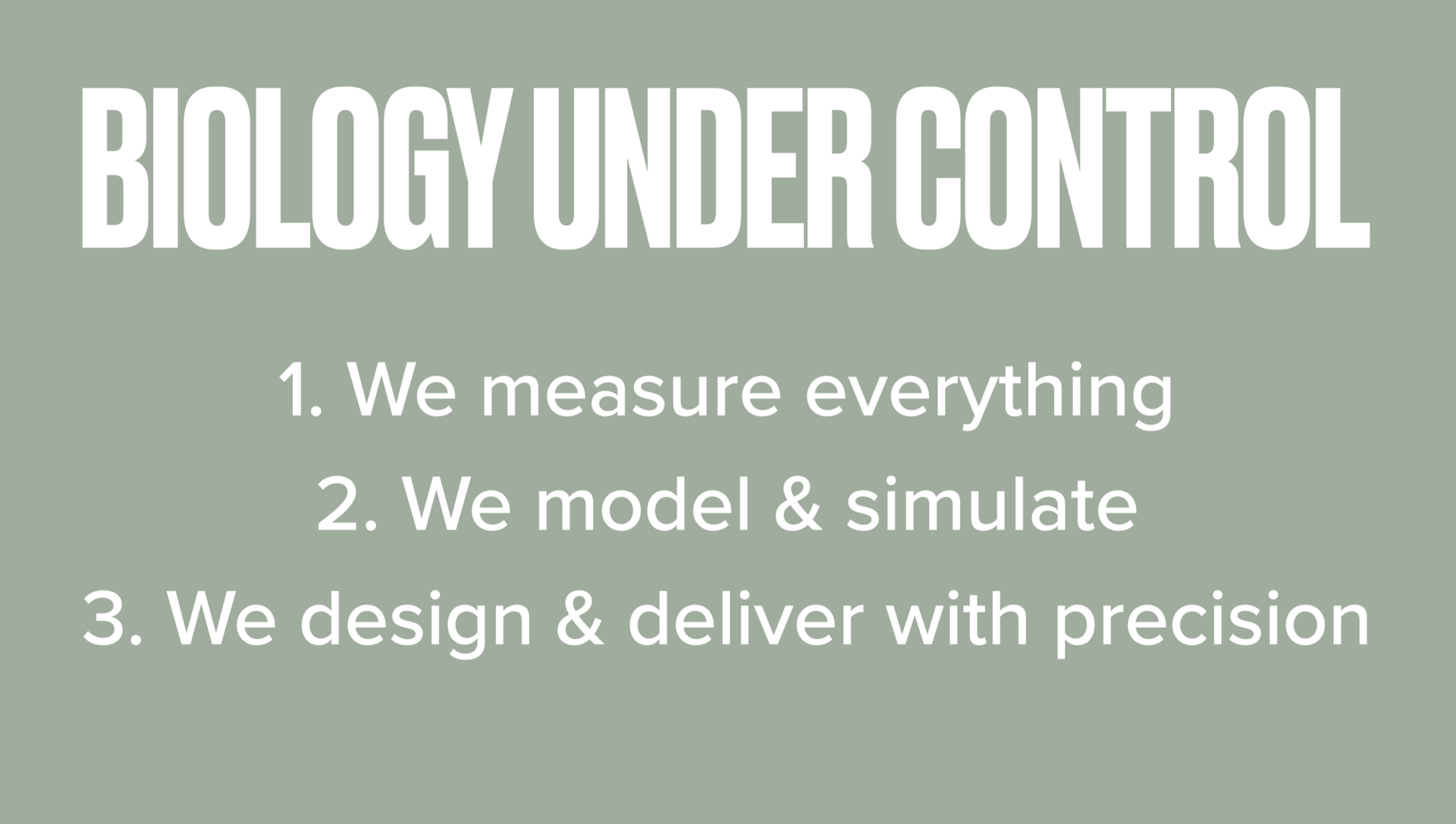
This is the actual endgame. Not “optimize and hope”. Full control.
We map what’s breaking. We understand it. We intervene precisely. And we keep you functional.
Step 1: Measure everything. We collect massive data from real human biology - cells, blood, tissue - so we can see aging damage as it actually accumulates.
Step 2: Model and simulate. AI models can now test thousands of possible interventions on a computer before we ever try one in a human. We are already in the process of building virtual cells.
Step 3: Design and deliver. We build targeted interventions - gene therapy, cell therapy, new payloads - and send them where they’re needed in the body.
This engineering challenge is extremely difficult. But it will be done. The only question is how long it takes.
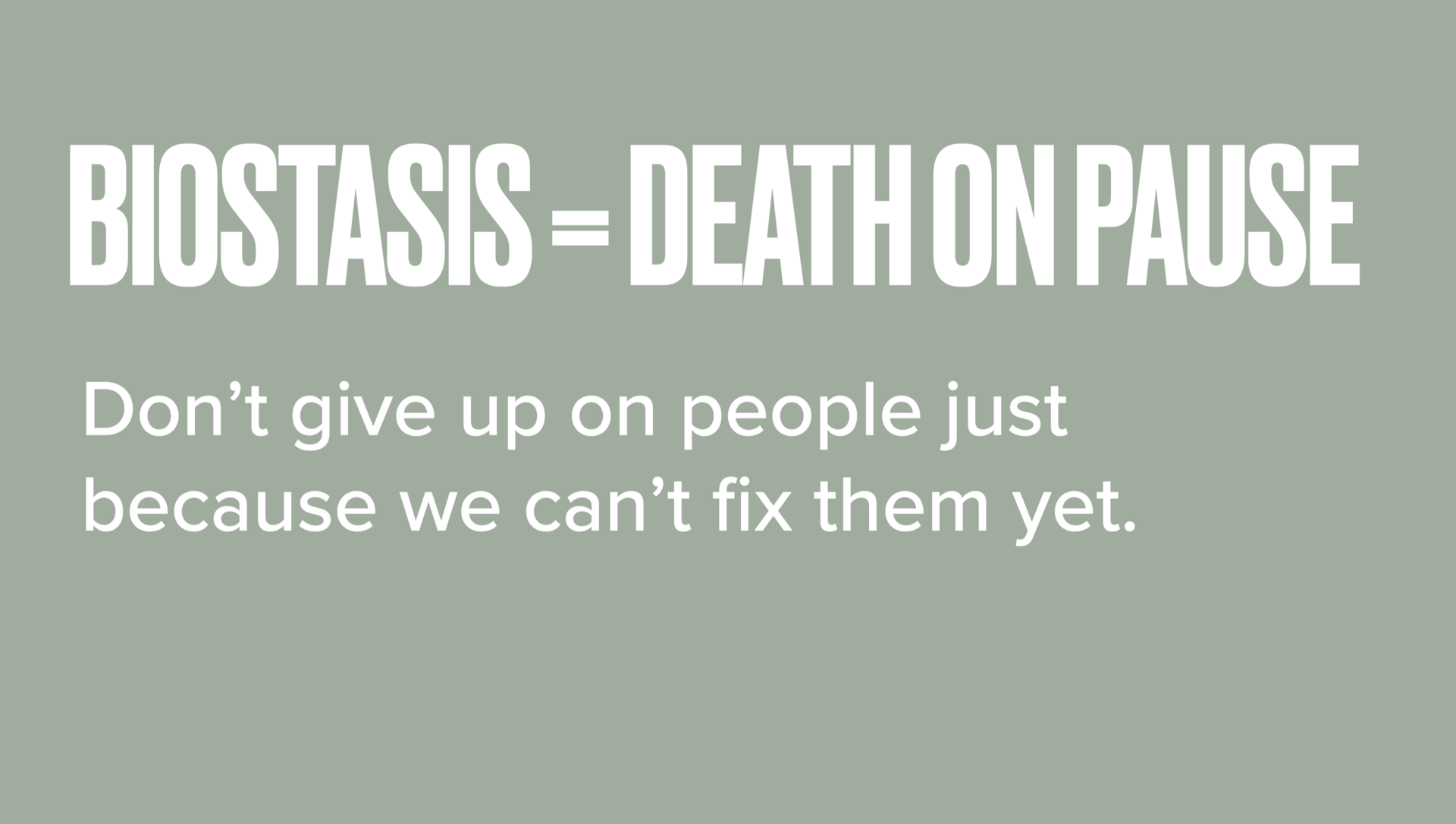
Right now, when someone is critically sick and medicine can’t fix them in time, we just lose them. Permanently. Cryonics says: don’t throw them away.
We already have a weaker version of this in trauma care - we “hold you between alive and dead” long enough for surgeons to work. Biostasis extends that idea in time: stabilize a body right at the edge of death so future repair is possible.
This is Plan B. If you’re thinking, “Will any of the above arrive in time for me?” - the answer can be yes, if we stop acting like humans are disposable.
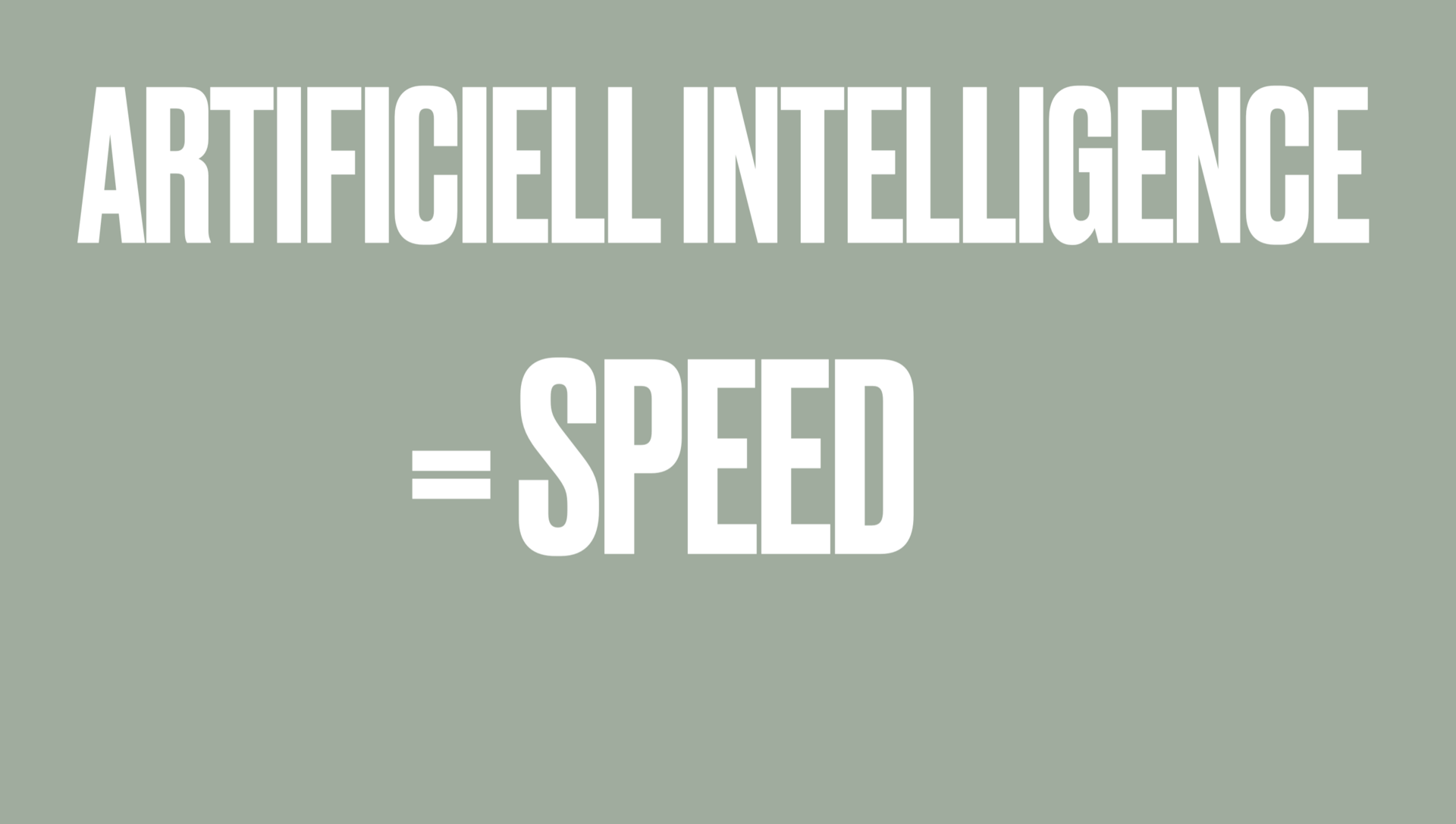
Biology used to be: guess → spend 3 years in a lab → maybe learn something. Now AI can propose thousands of possible interventions, simulate them, and narrow down to the best few before a human even runs an experiment.
This collapses discovery from “decades” to “months” or even “days”.
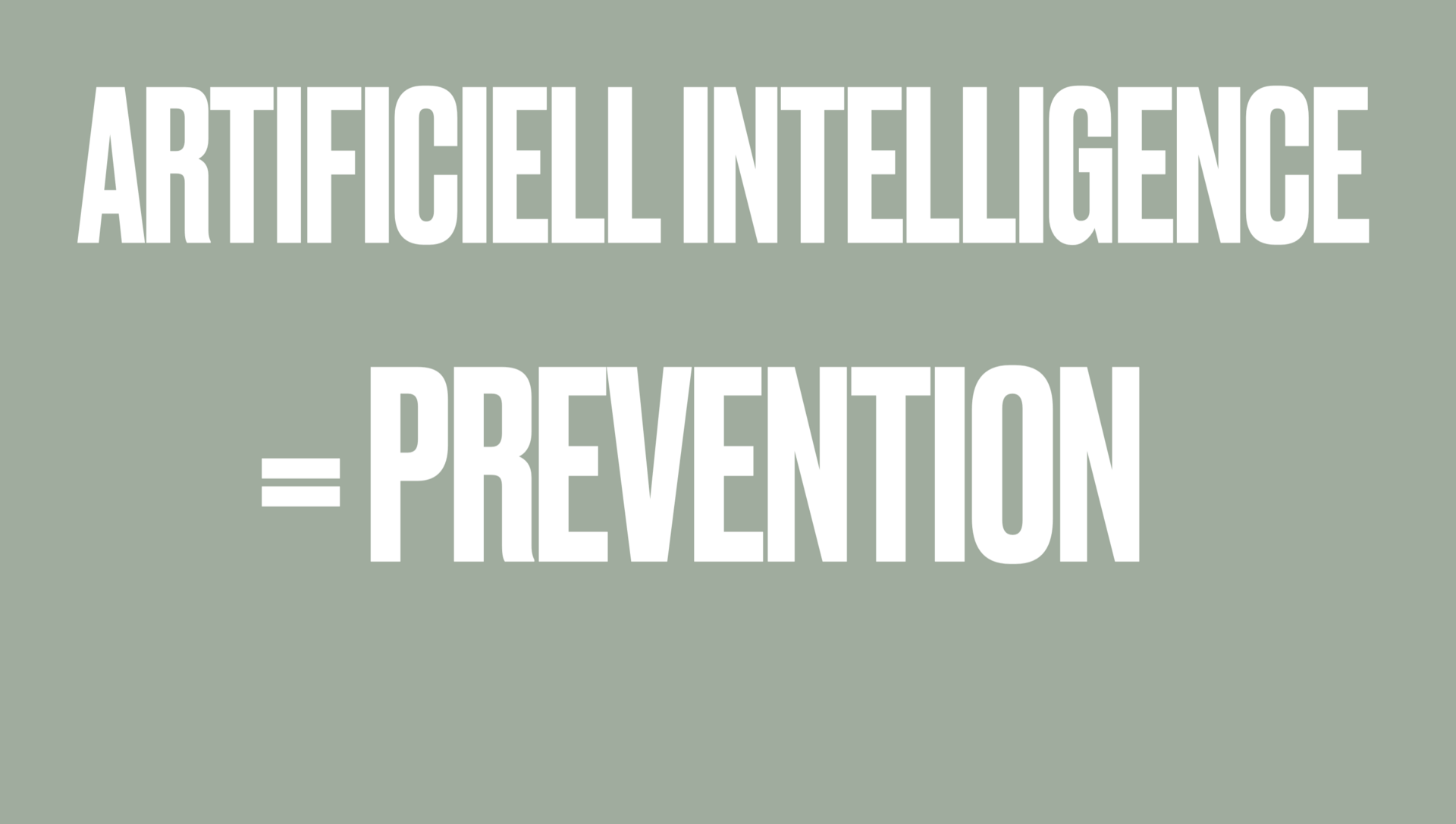
Instead of waiting for heart failure or dementia, AI can watch metabolic drift, mitochondrial failure, chronic inflammation, mutation load - the early signatures of aging damage - and act before it becomes disease.
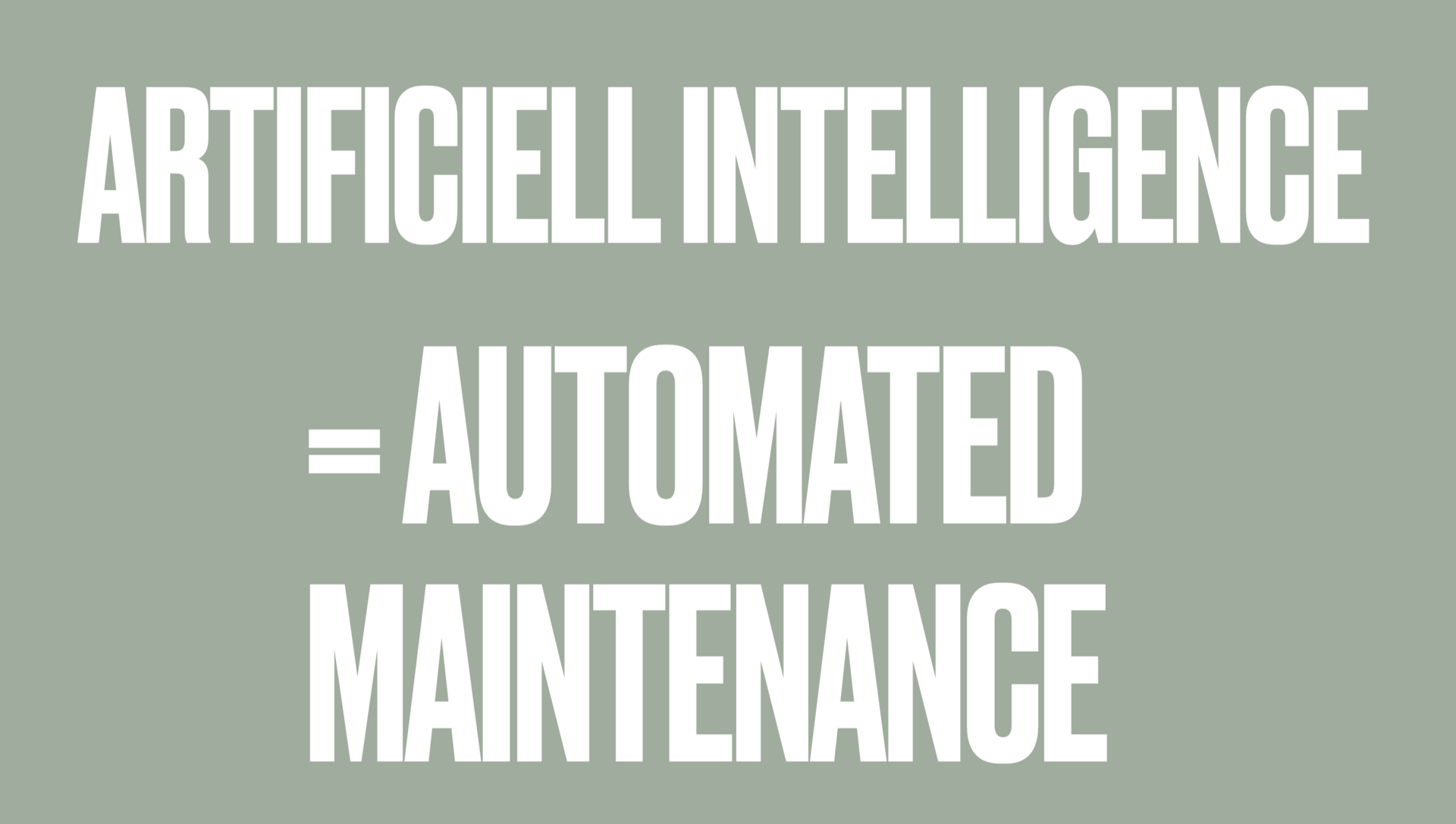
This ends in closed-loop biology: You detect damage. The system picks an intervention - a molecule, a gene therapy, a cell therapy. You deploy it. That’s not “come back when you’re worse”. That’s continuous maintenance.
At this point the bottleneck is barely scientific. It’s structural.
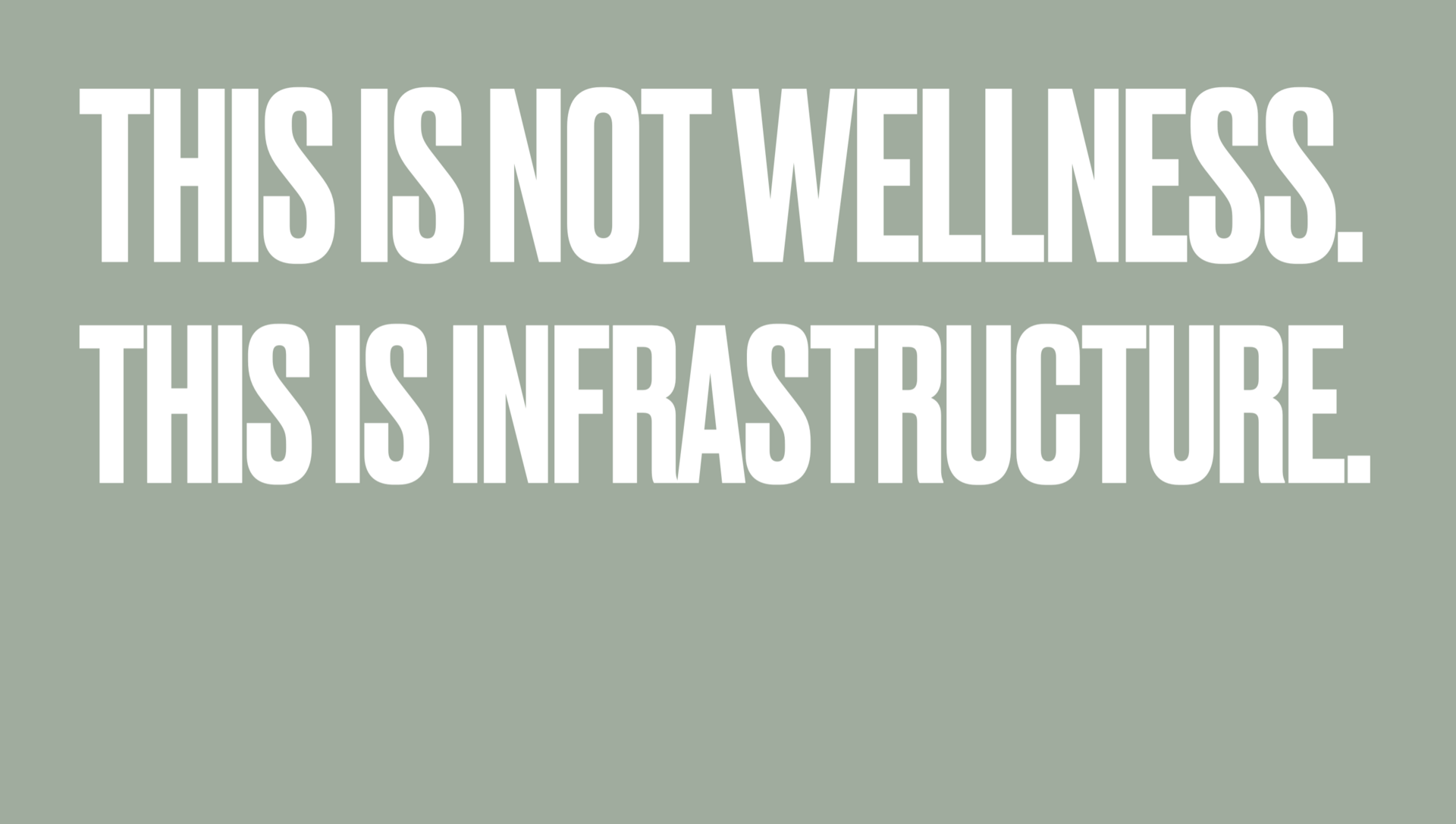
Sanitation wasn’t “self-improvement”. Vaccination wasn’t “self-improvement.” Intensive care and trauma surgery aren’t “self-improvement.” They’re public infrastructure.
Treating aging damage, repairing bodies, pausing death so you’re not thrown away - this is the next layer of civilization-scale infrastructure. But right now governments, insurers, regulators and voters still act like it’s just a wellness hobby.
This is the scandal.
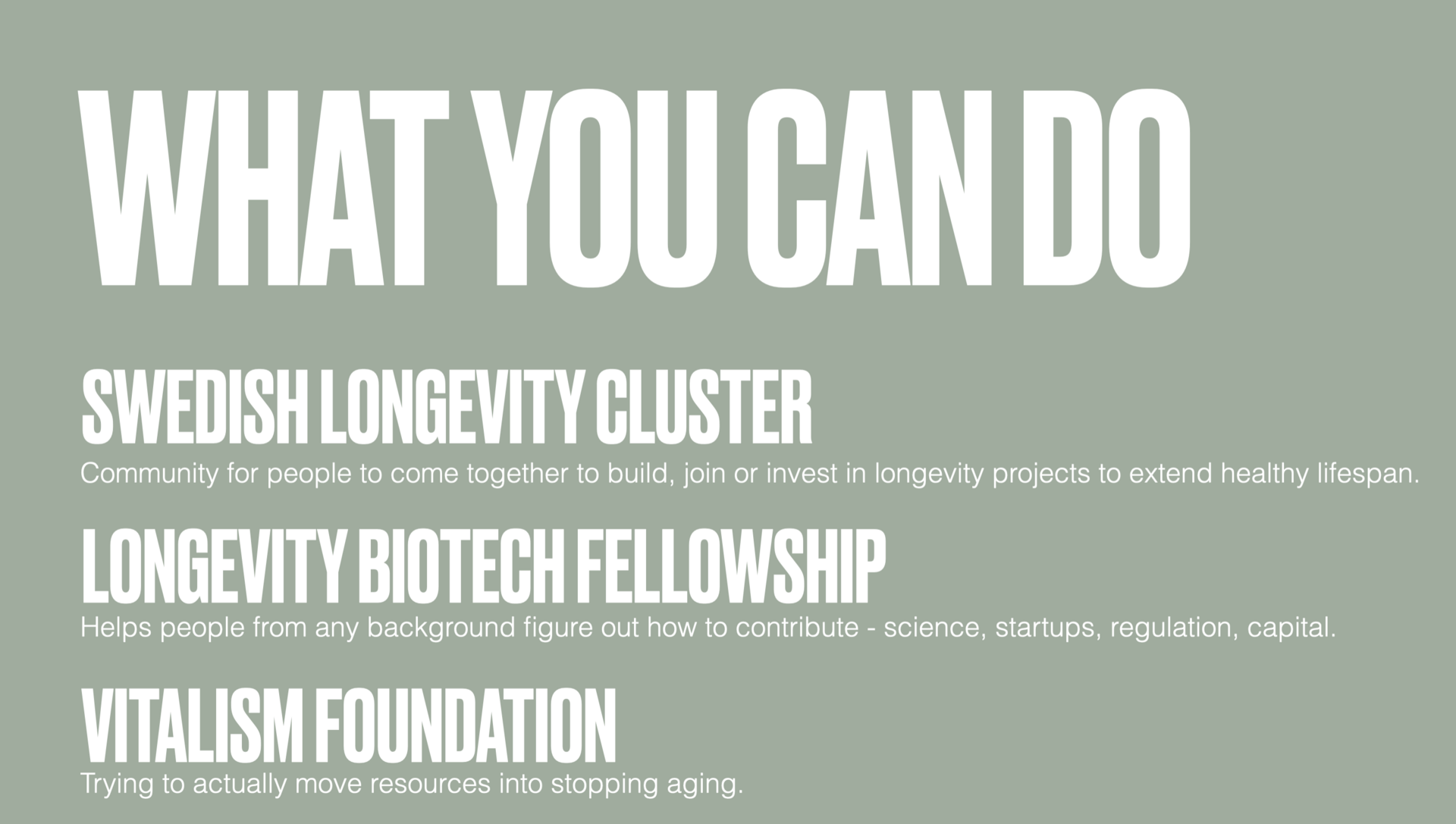
This is not abstract. These groups exist now. They are trying to redirect money, talent, and political will away from “managing decline” and toward ending aging as a cause of death.
Whatever you do - policy, engineering, medicine, finance, storytelling - there is work for you here.
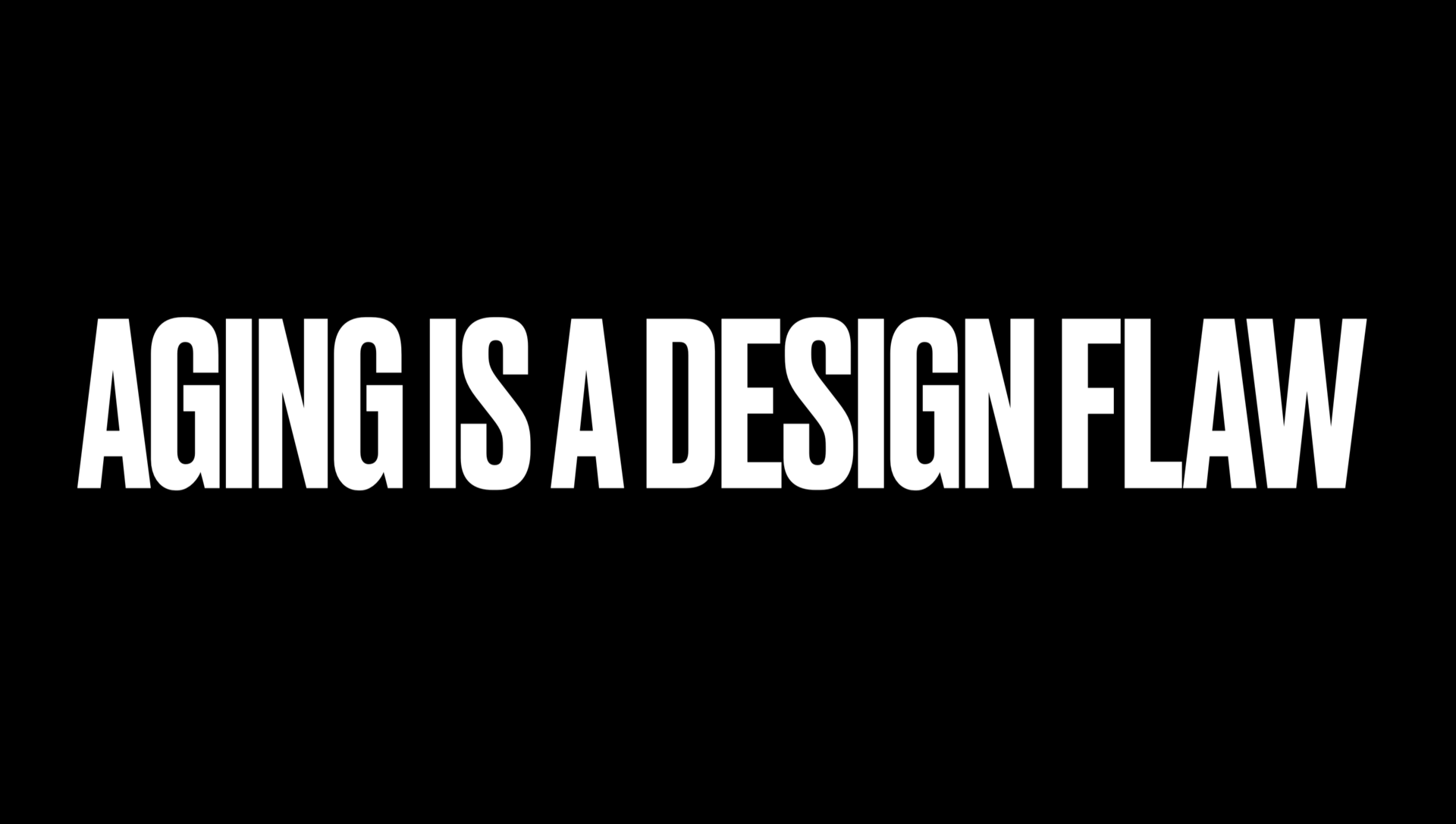
Our grandparents could say, “We didn’t know how.” We can’t say that anymore.
We know aging is accumulated damage. We know that damage causes the diseases that kill us. We know enough about how to slow it, repair it, replace parts, and even pause you at the edge of death so we don’t lose you. Enough to start treating this is as the emergency that it is.
AI is accelerating the timeline. Pharma is starting to talk about aging as a system. The only real question left is: Do we accept mass death from aging as “the natural order,” or do we treat it like polio, like dirty water - and end it?


